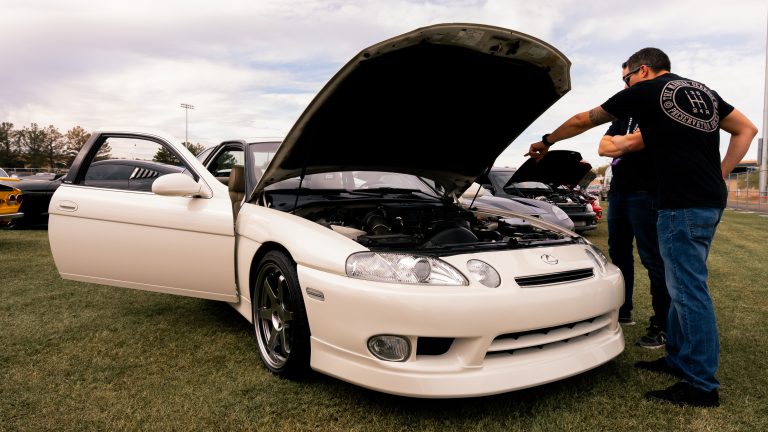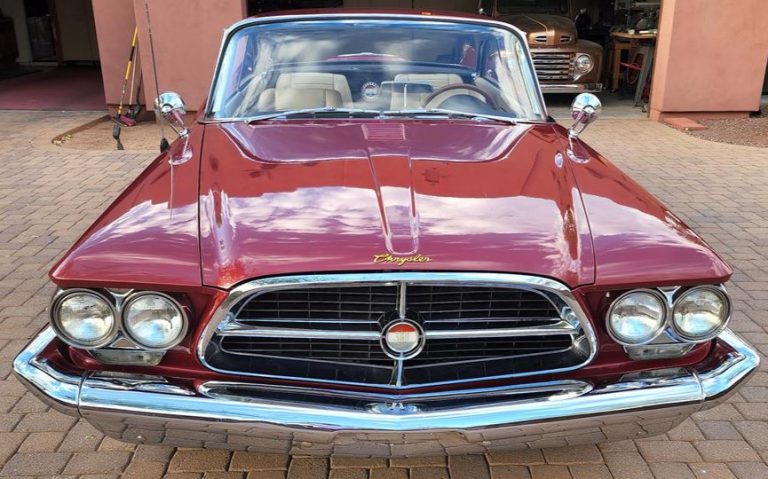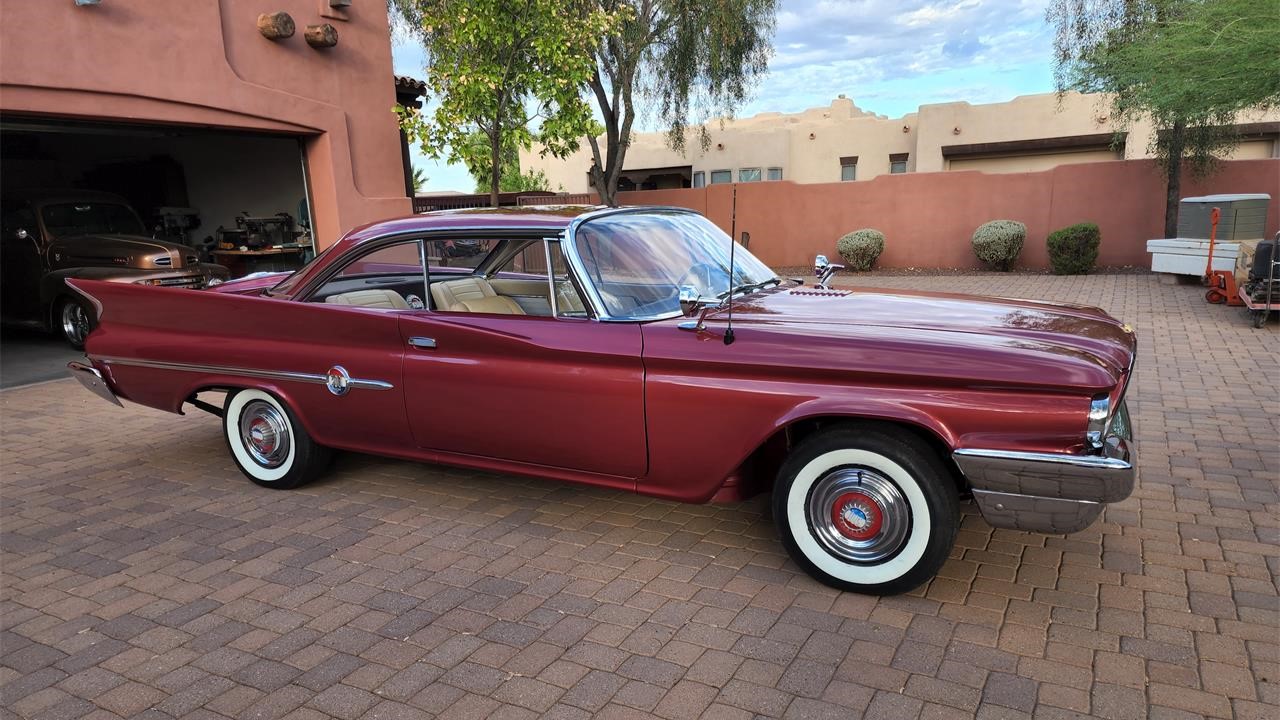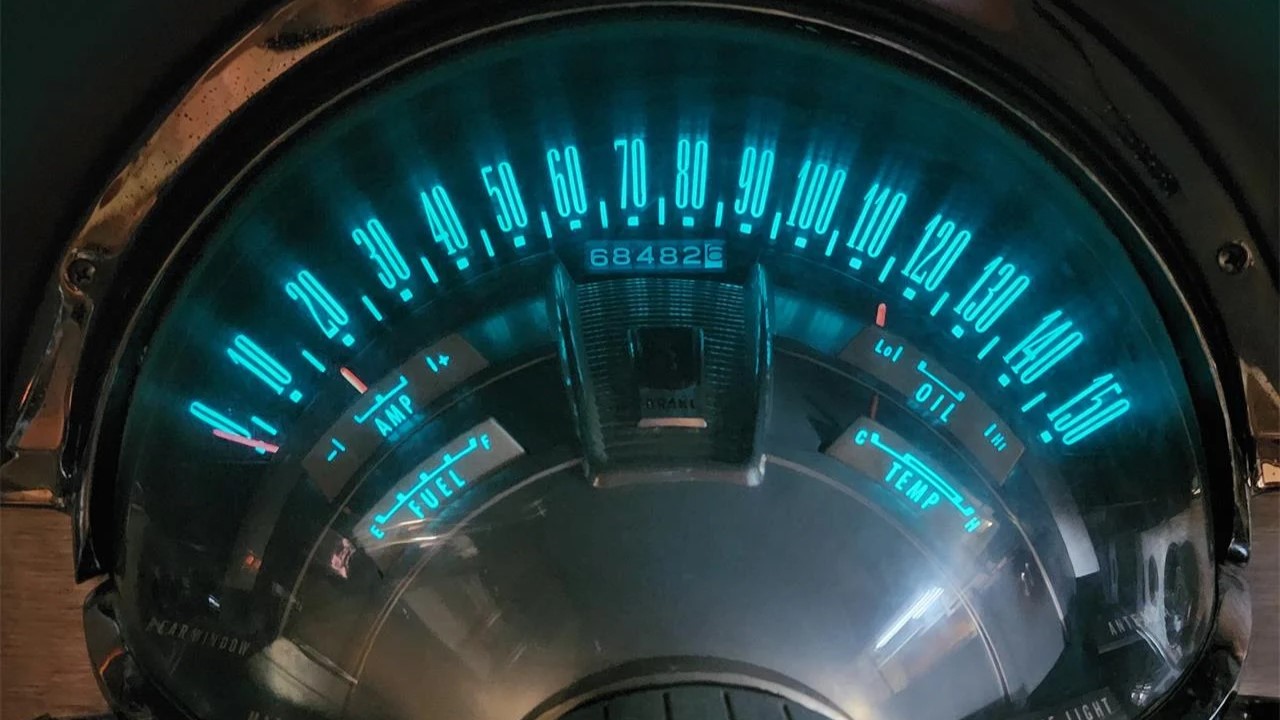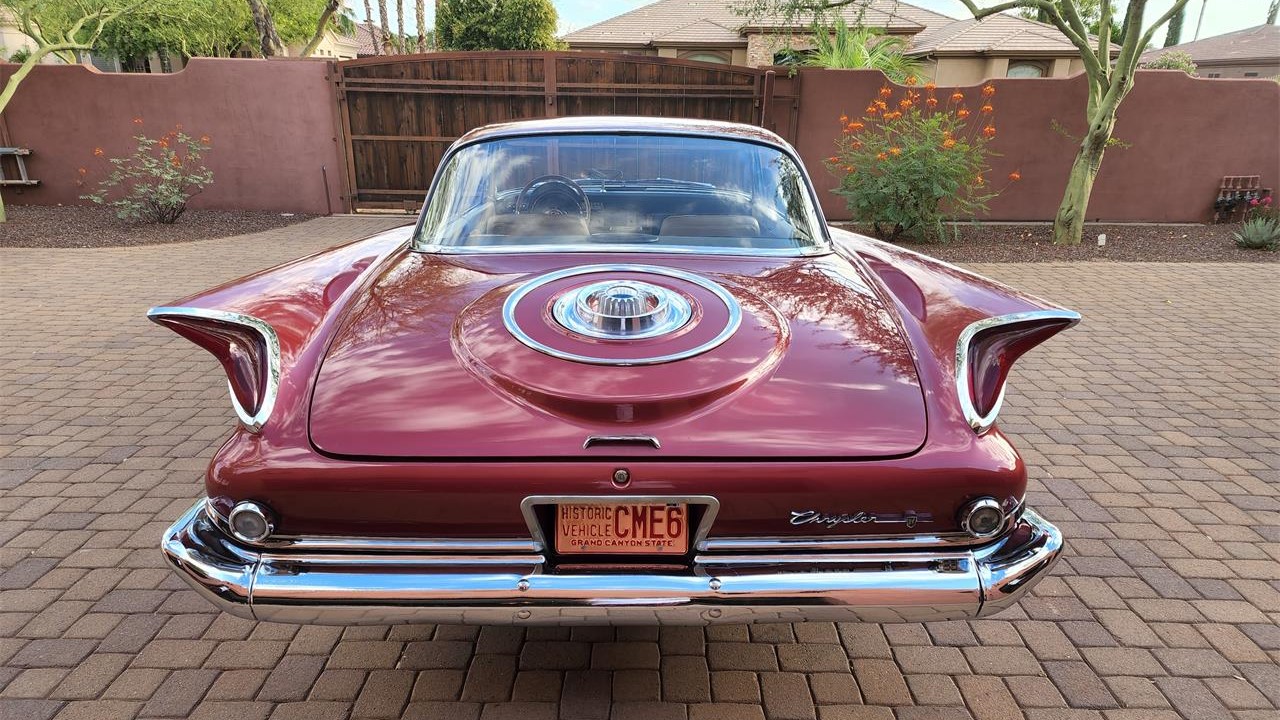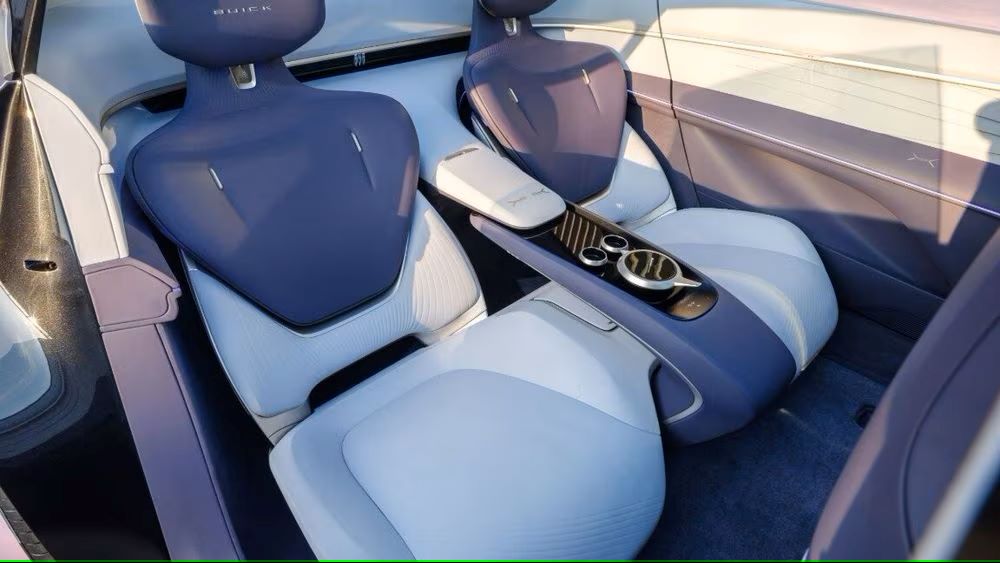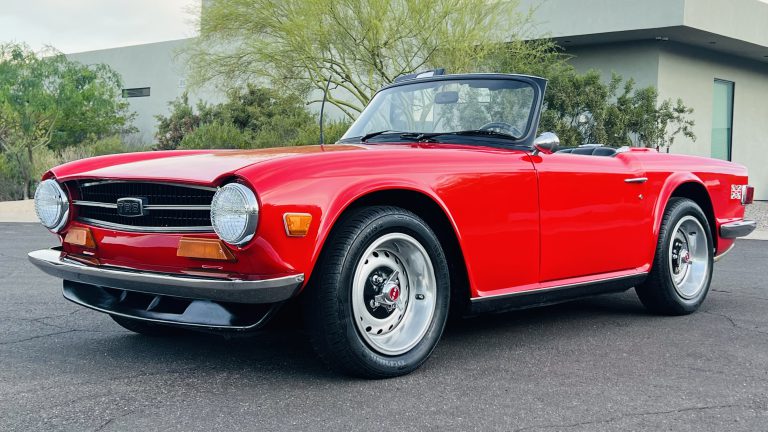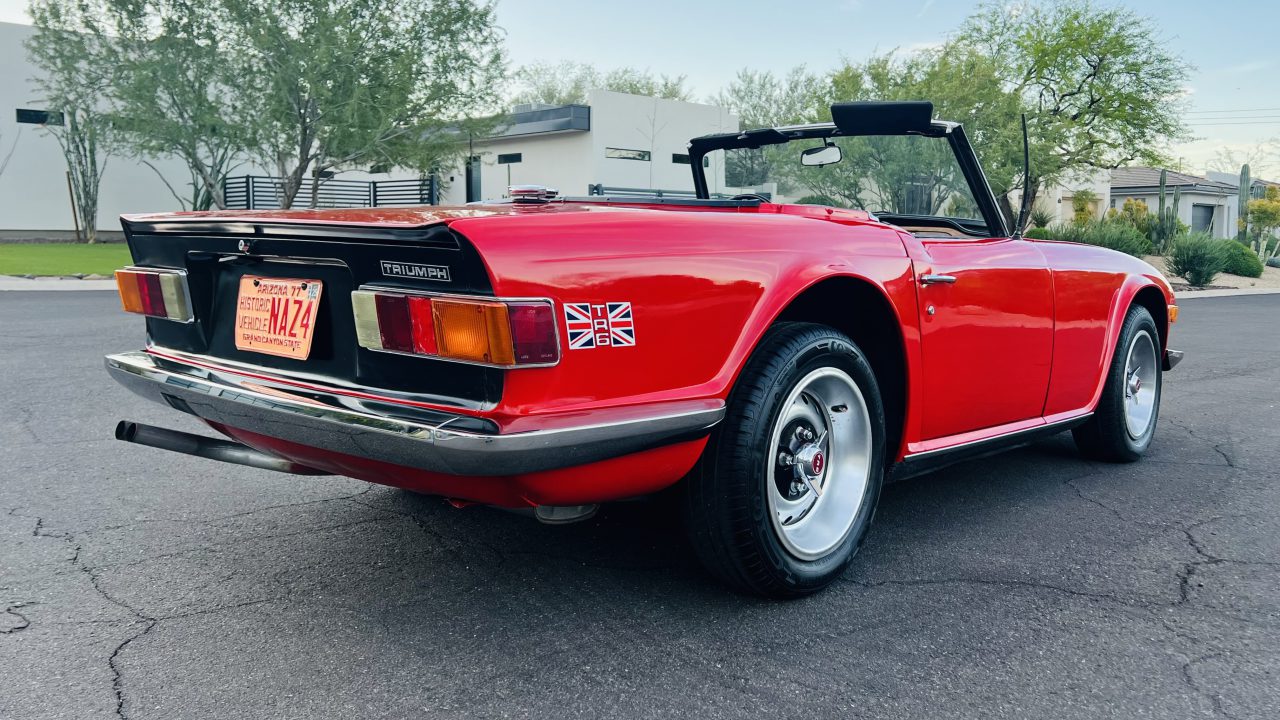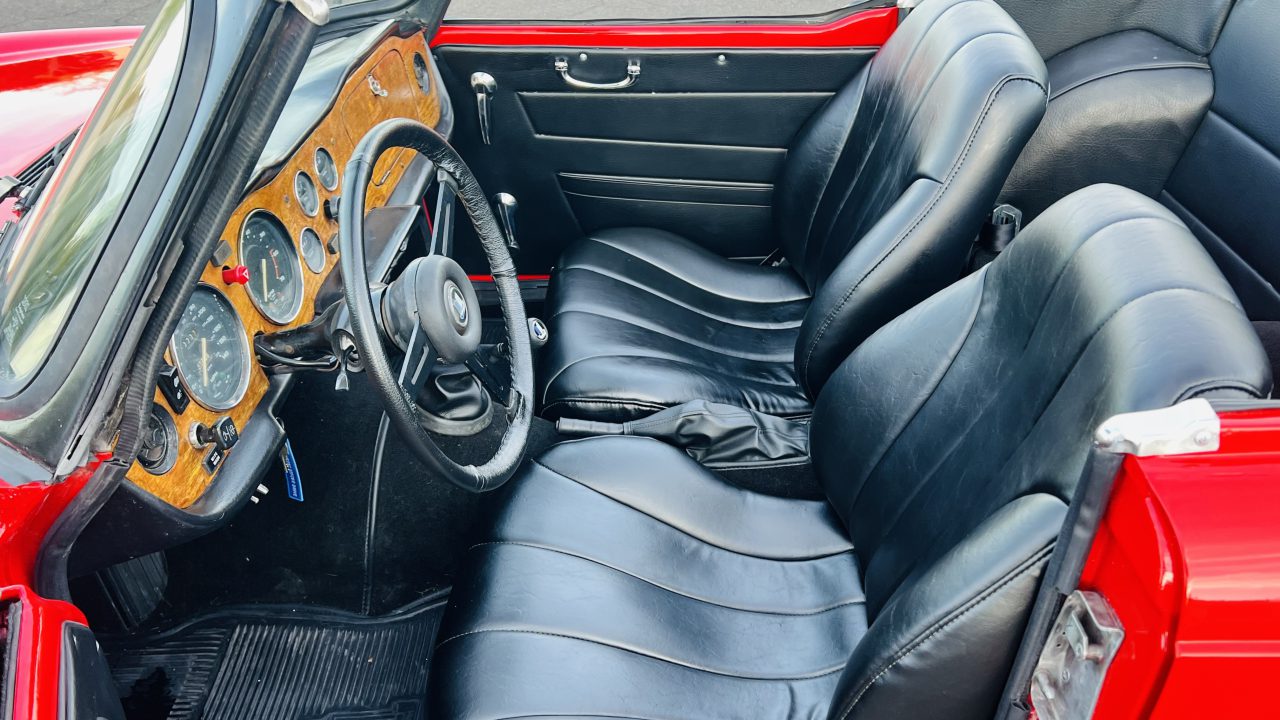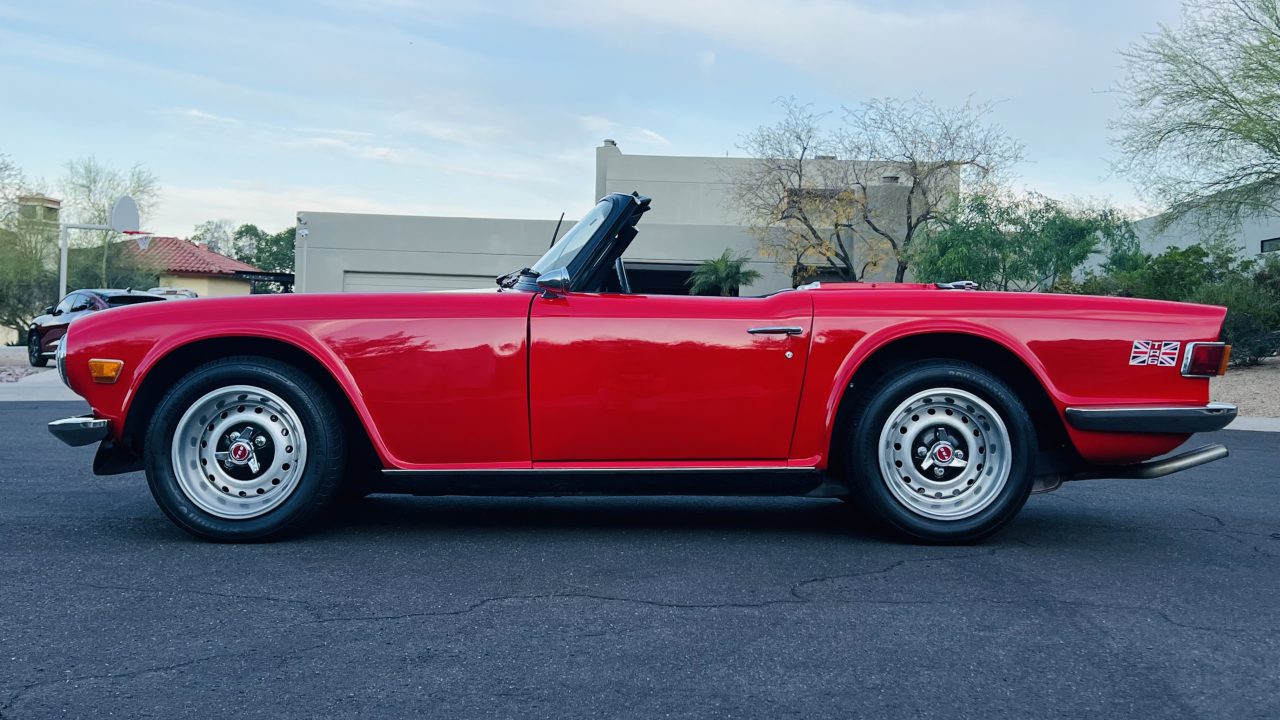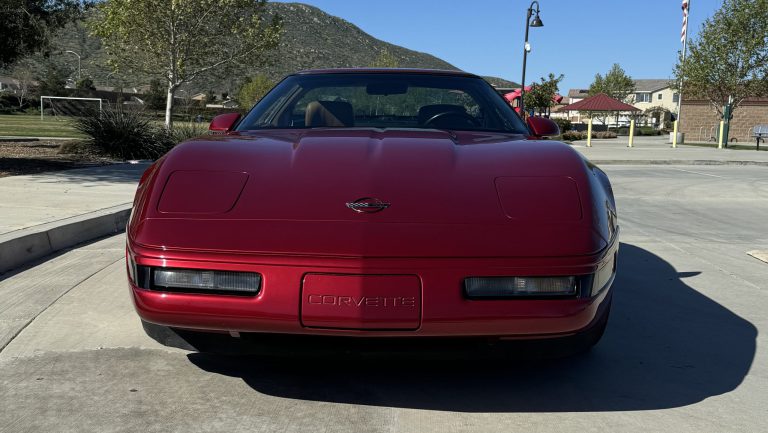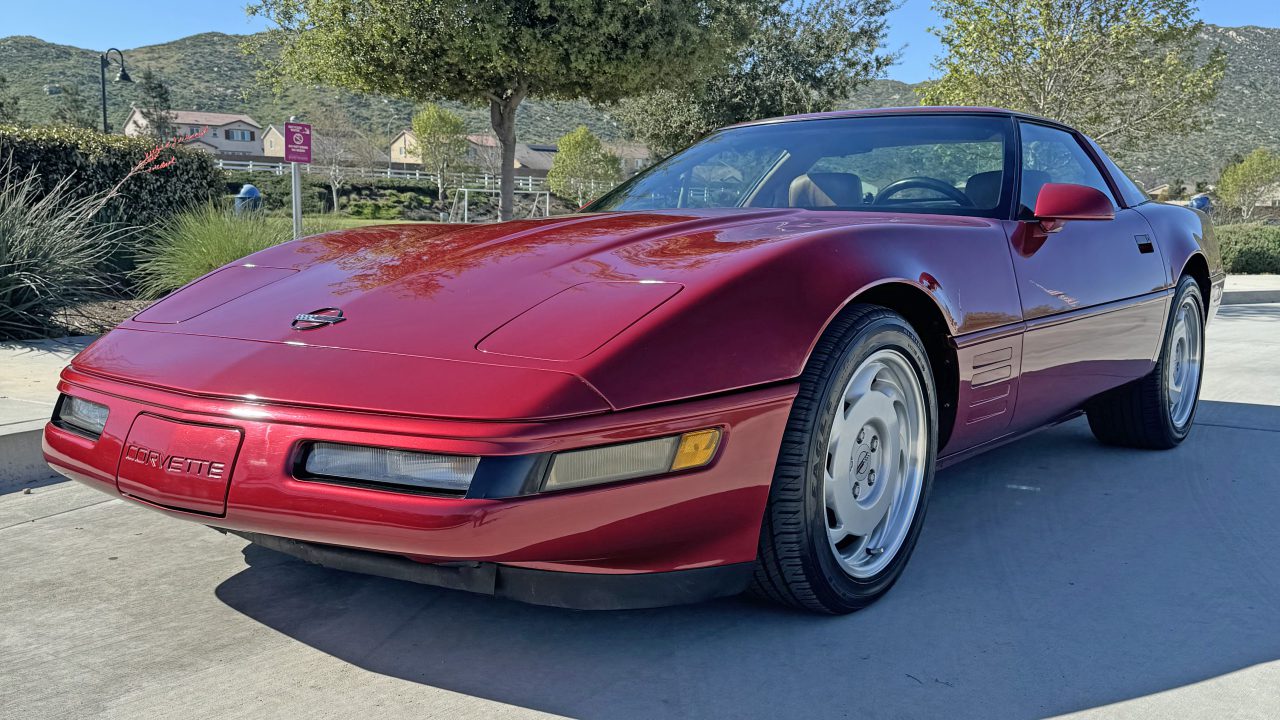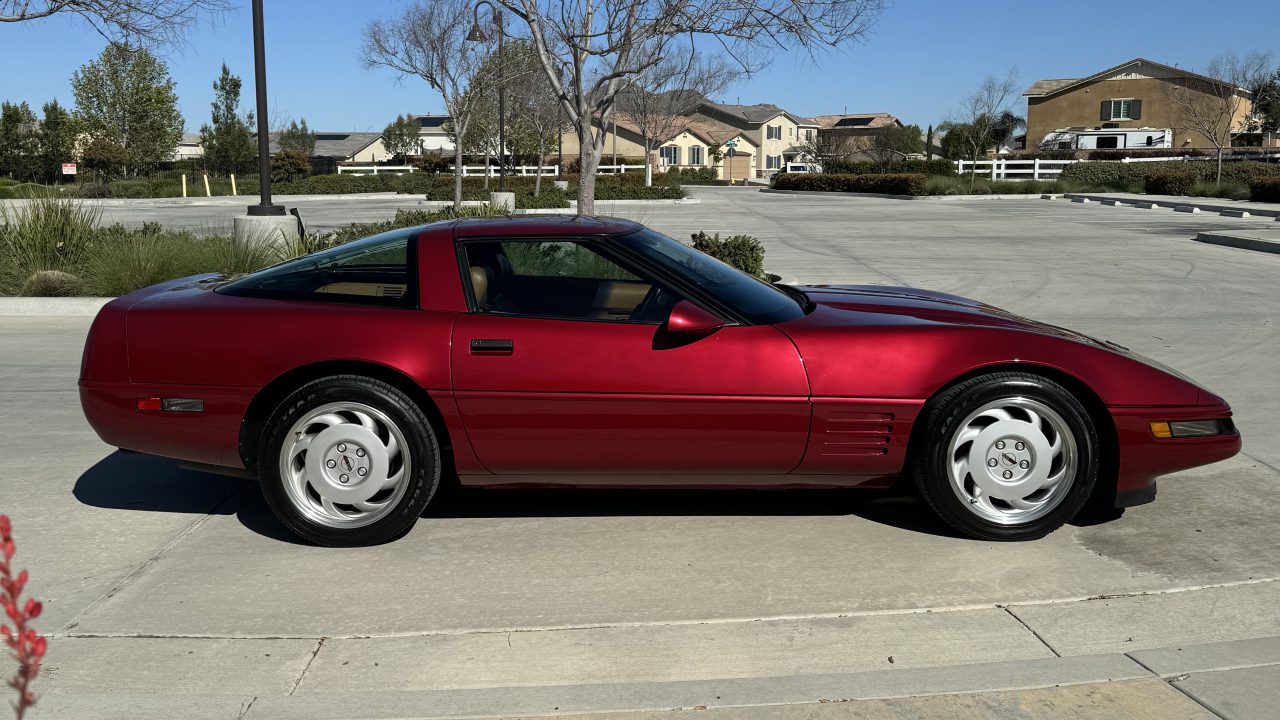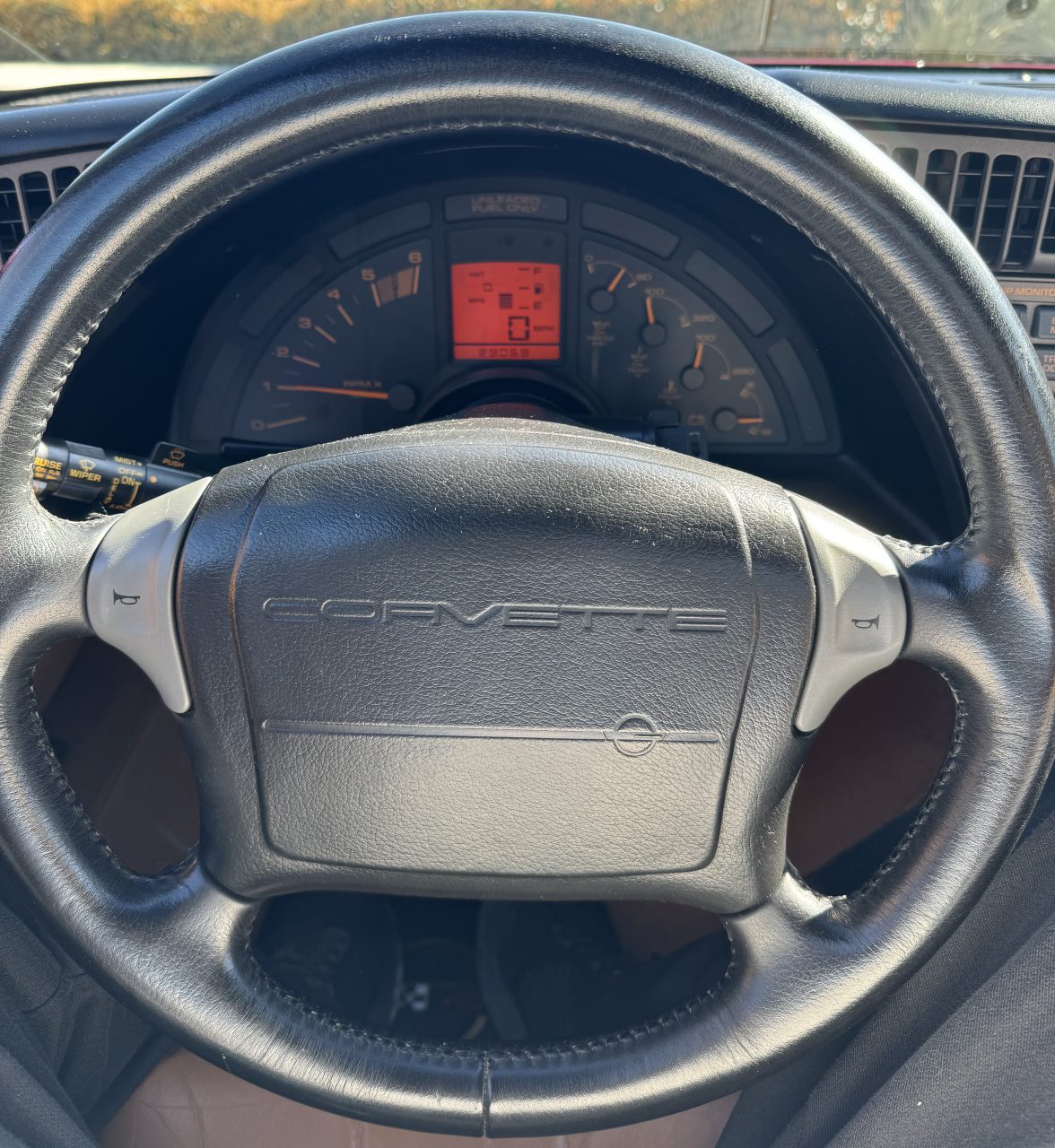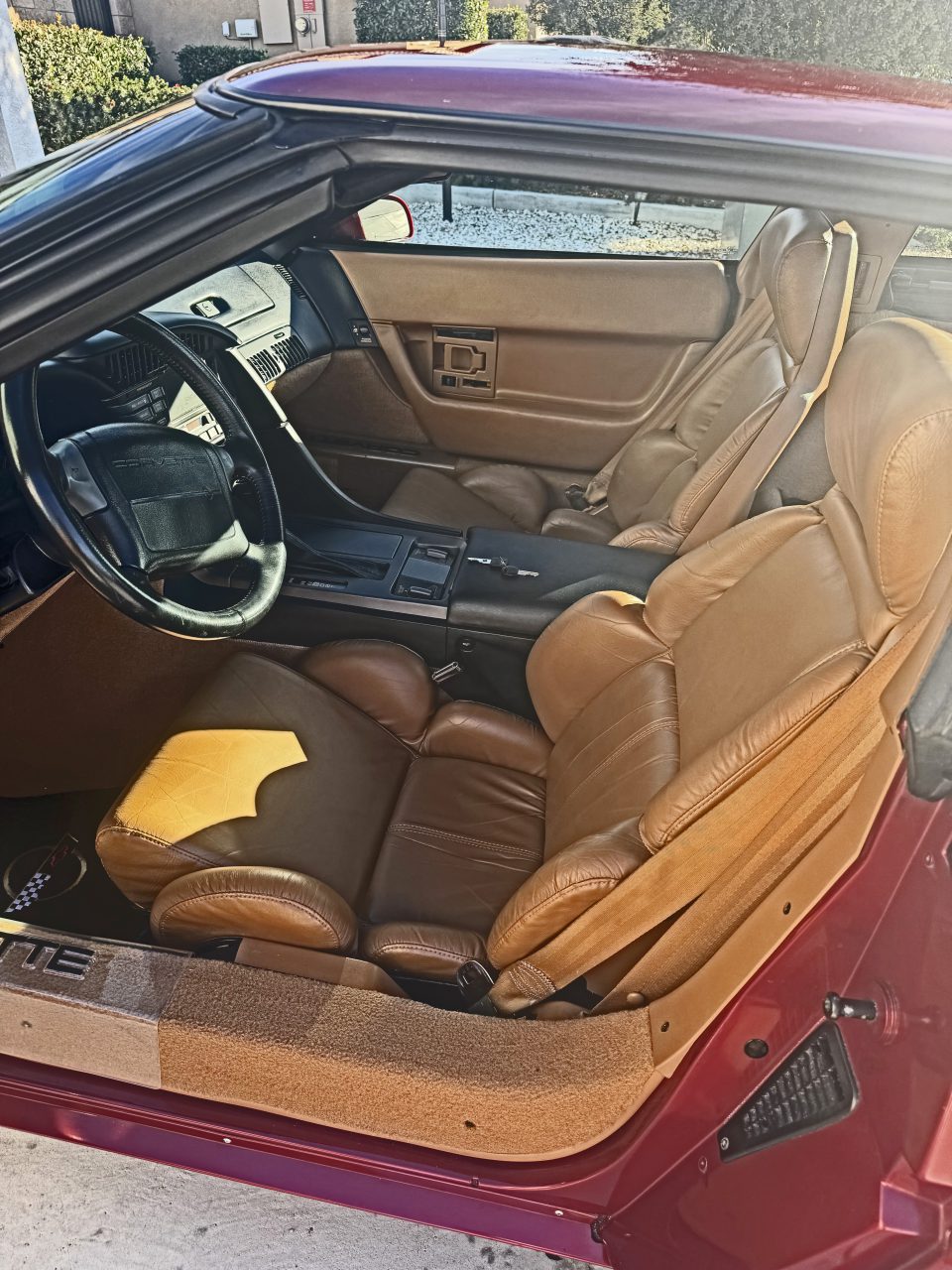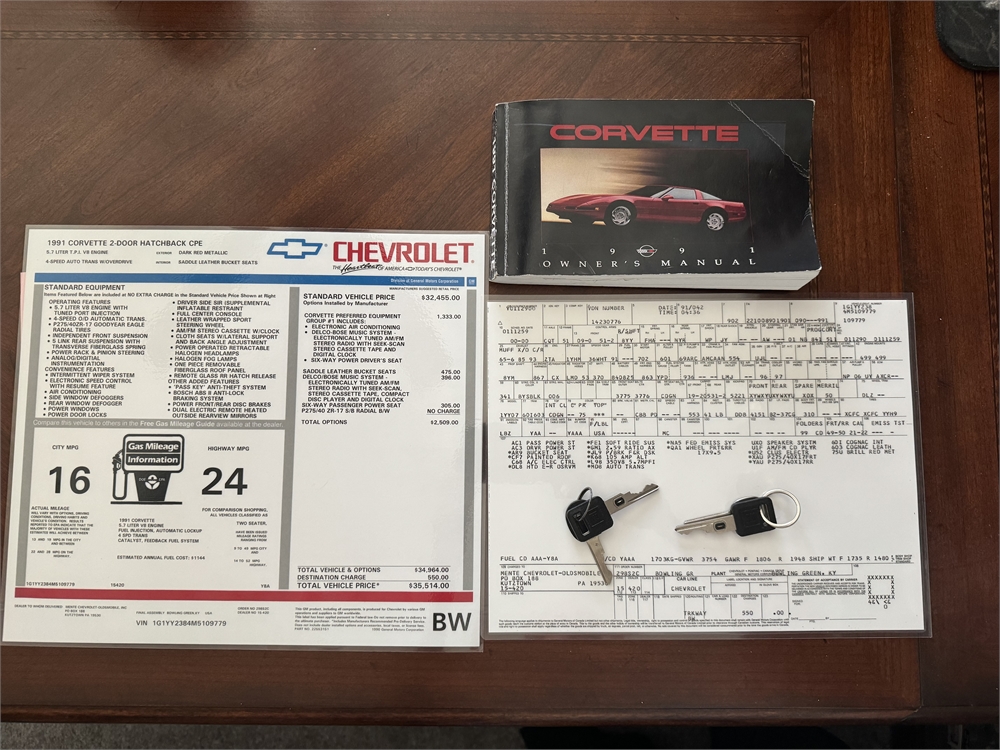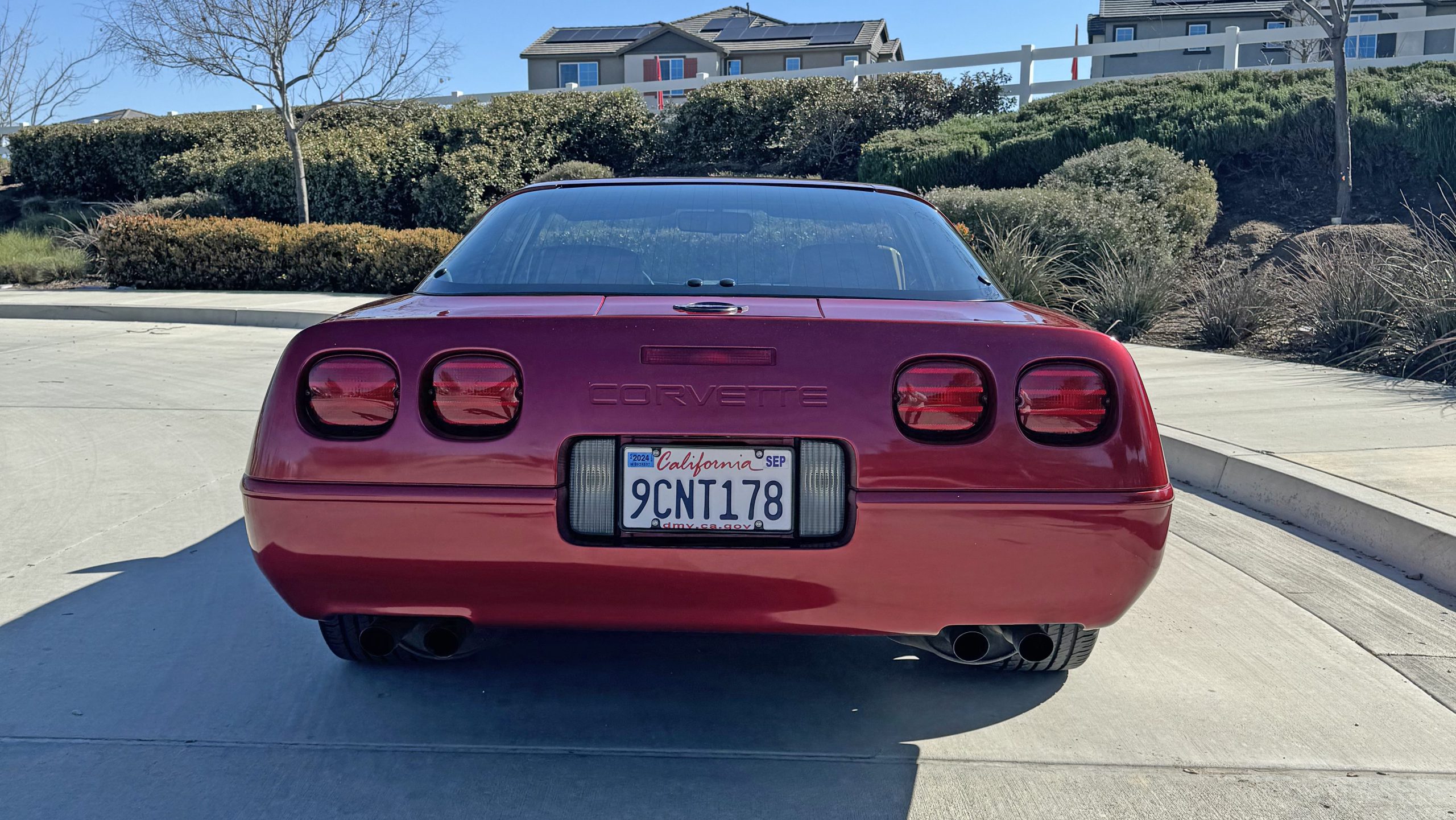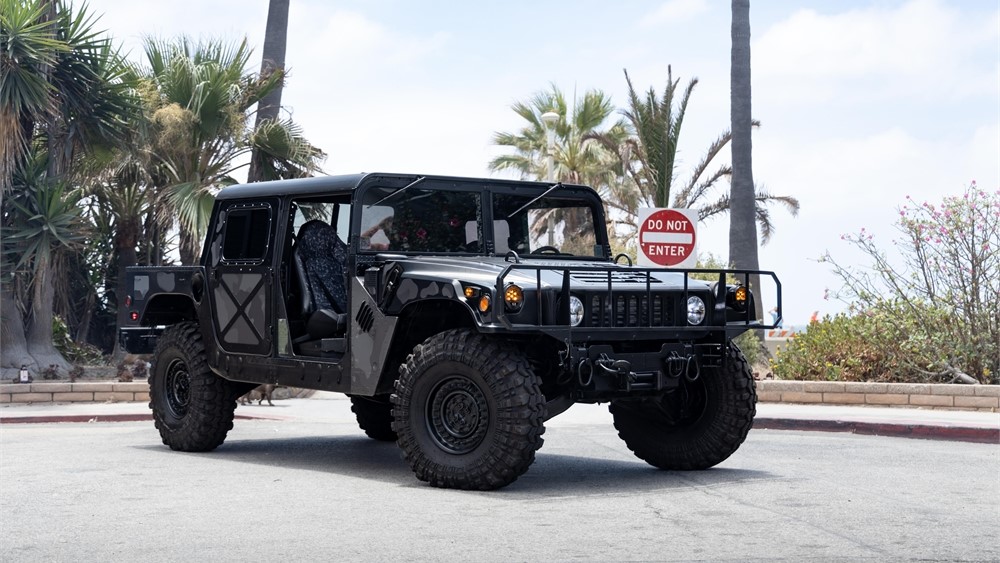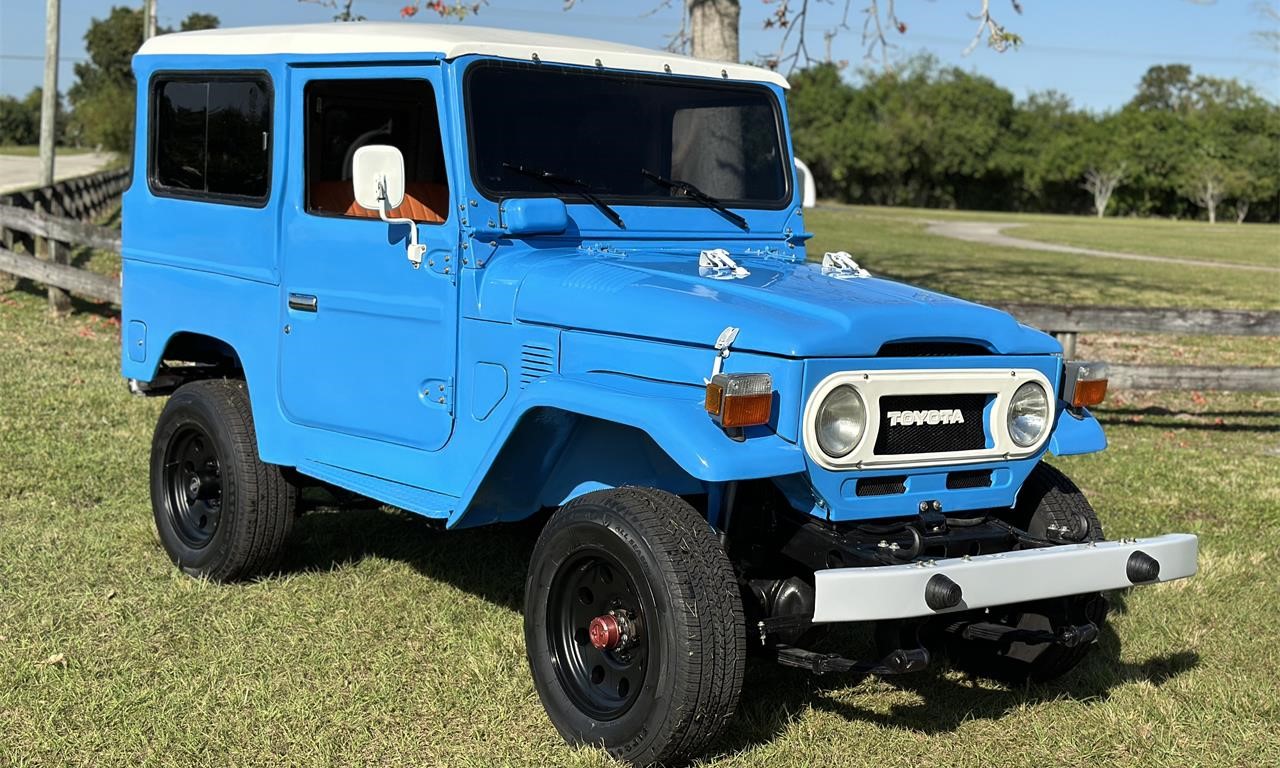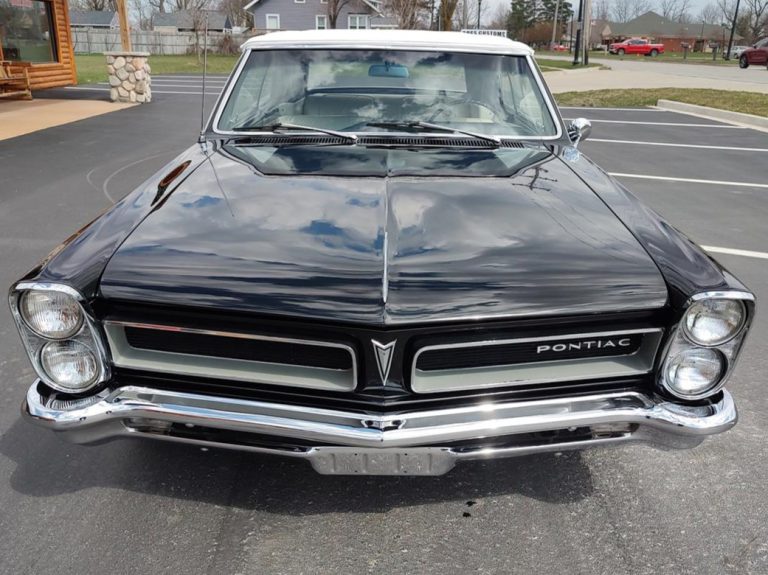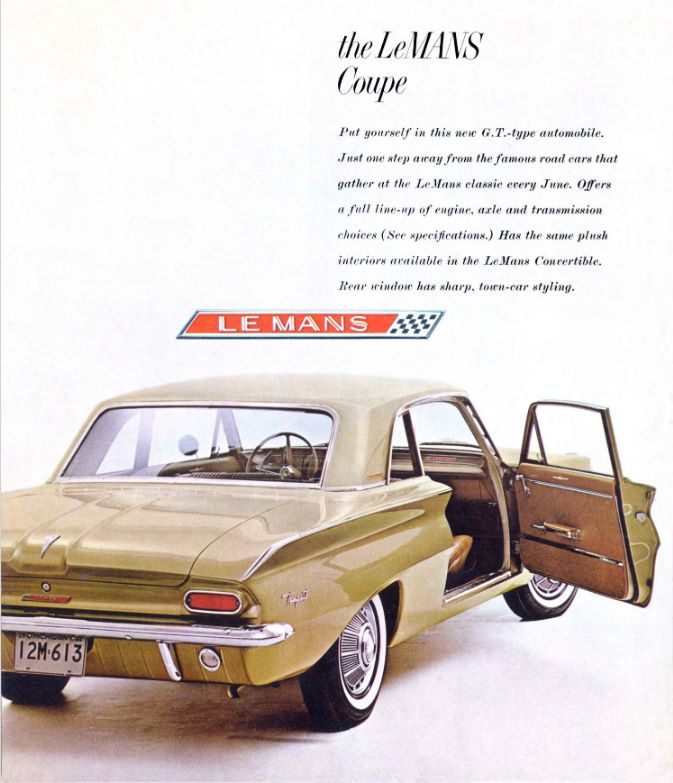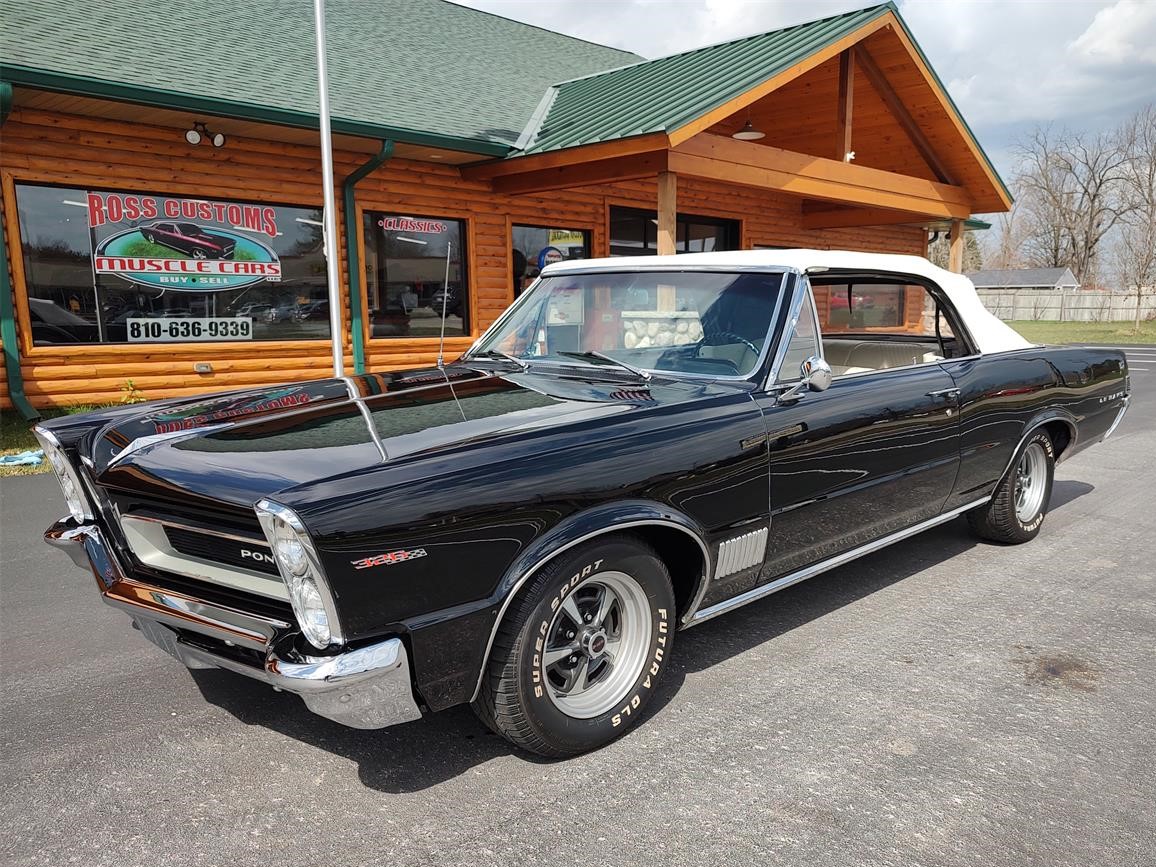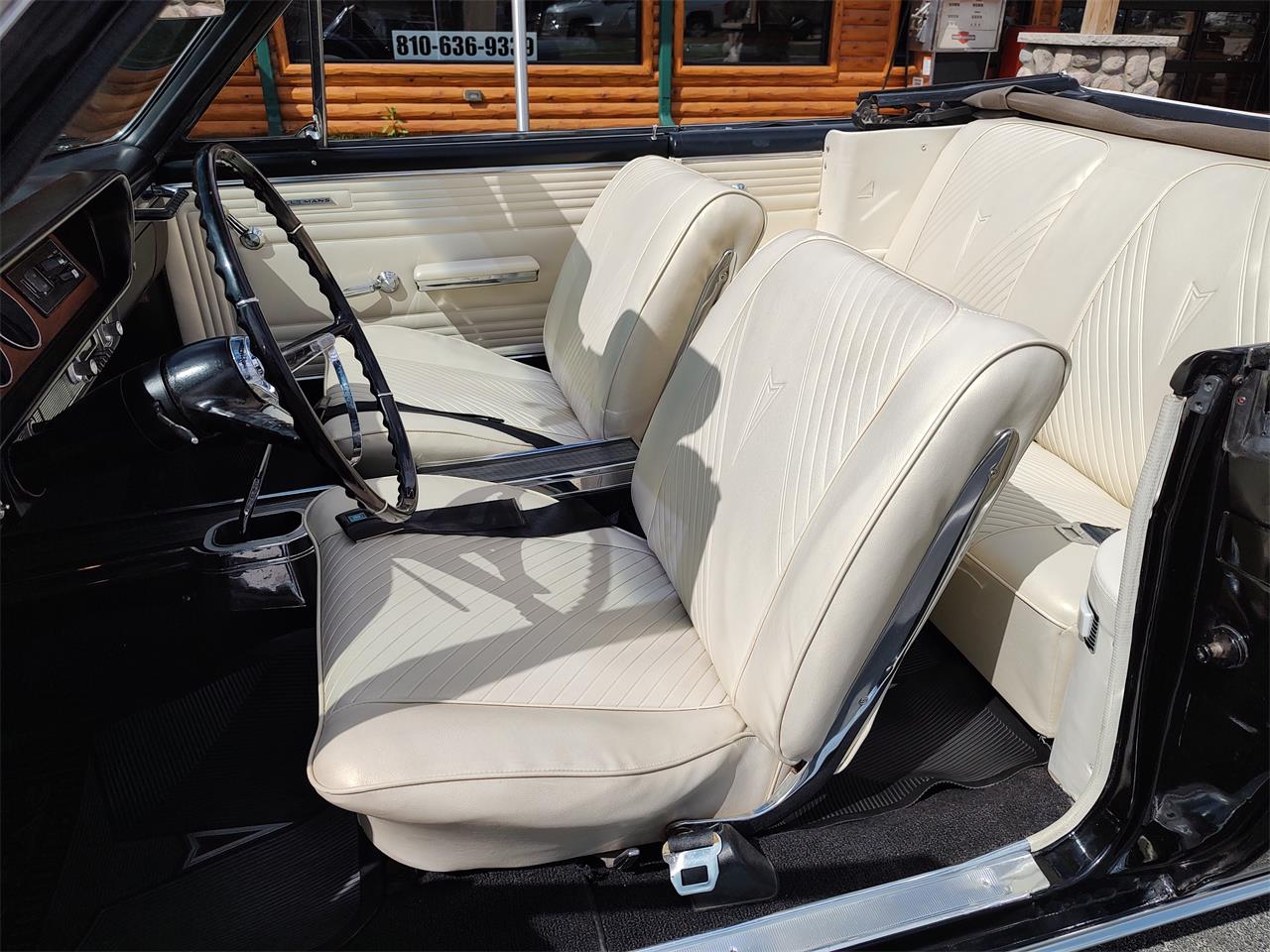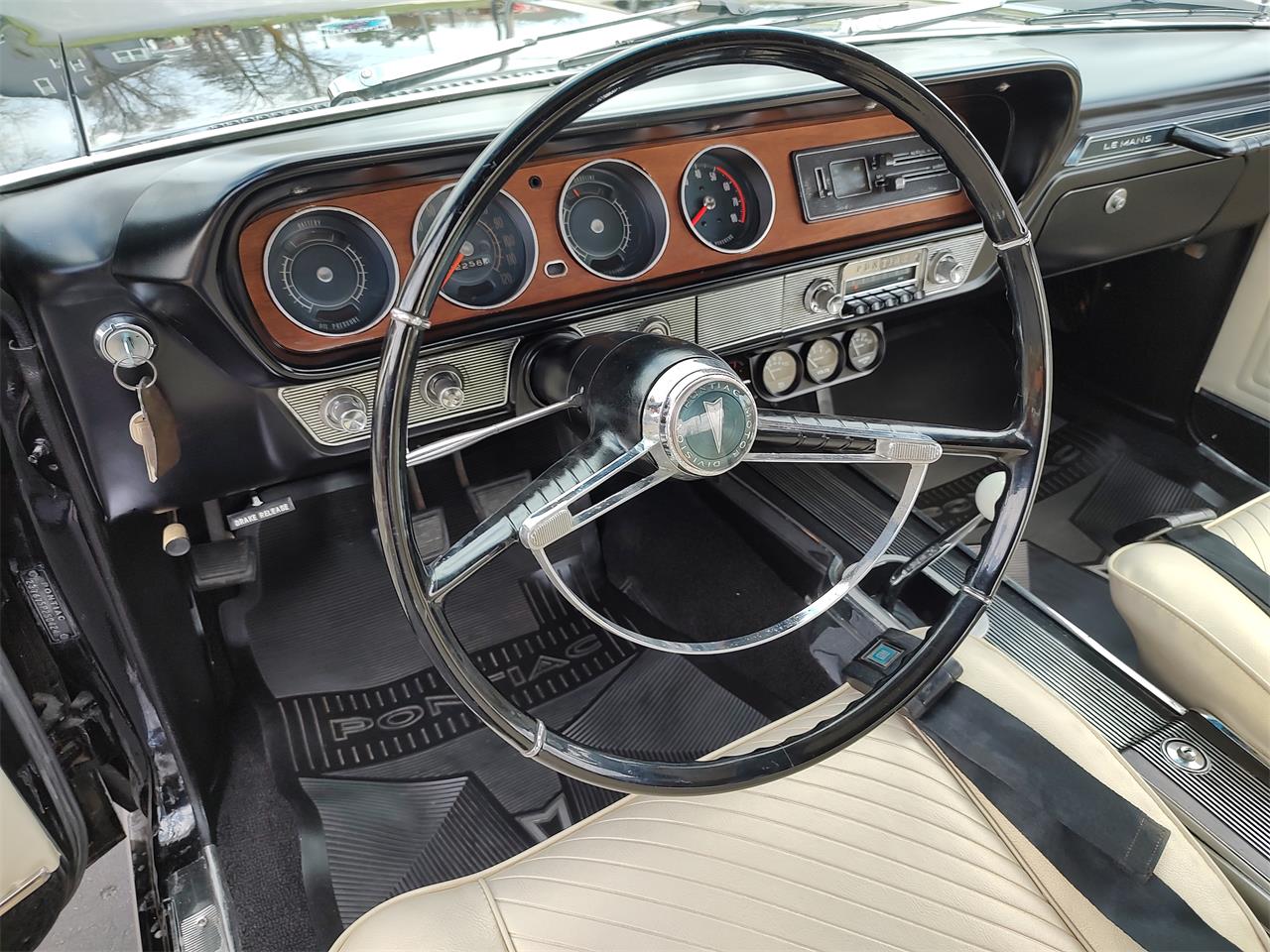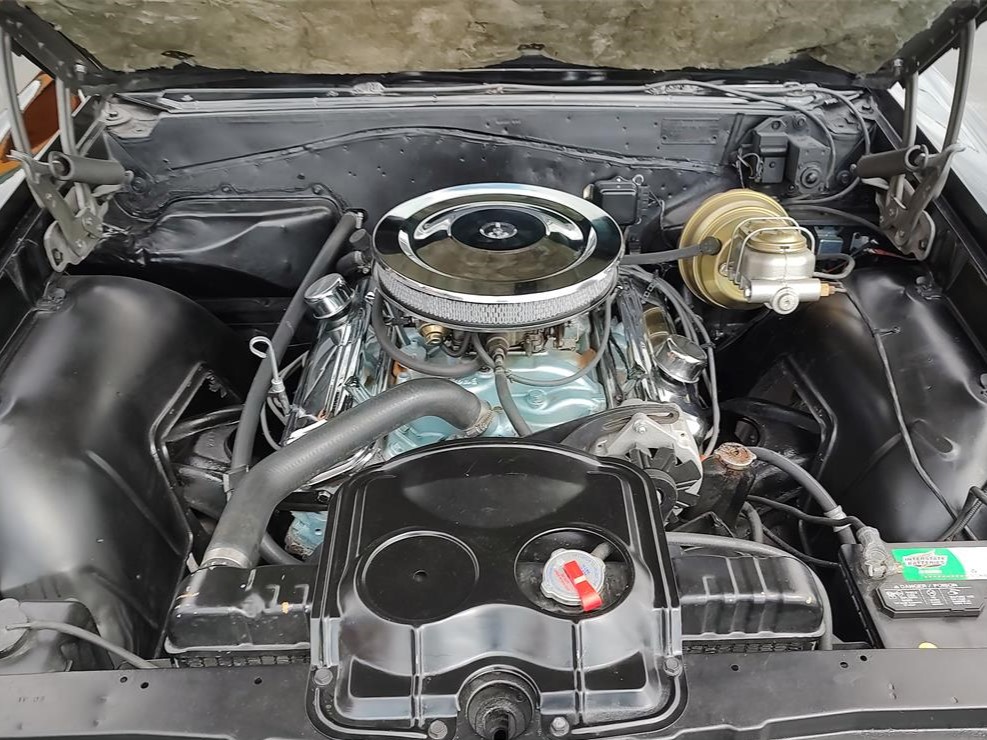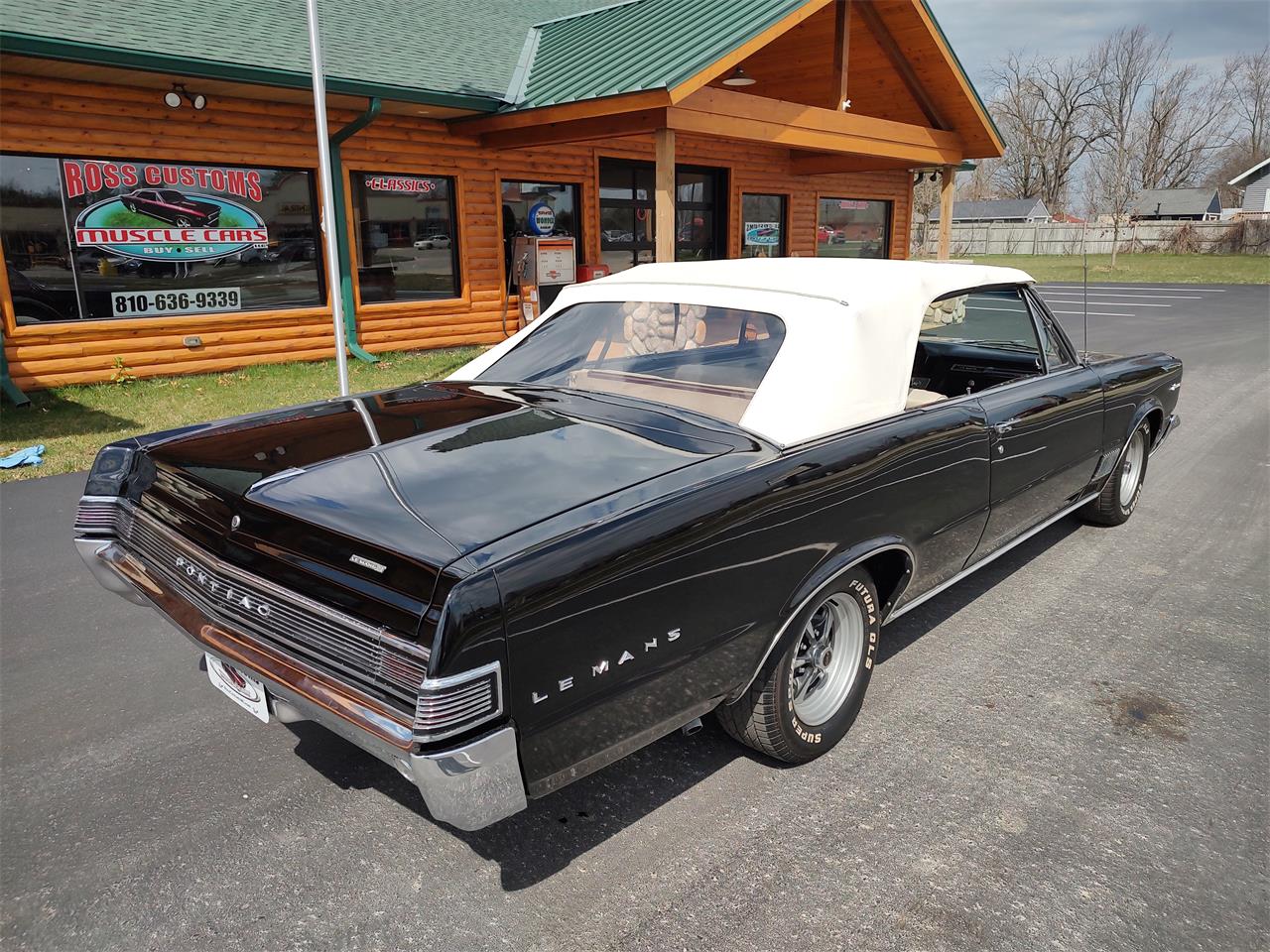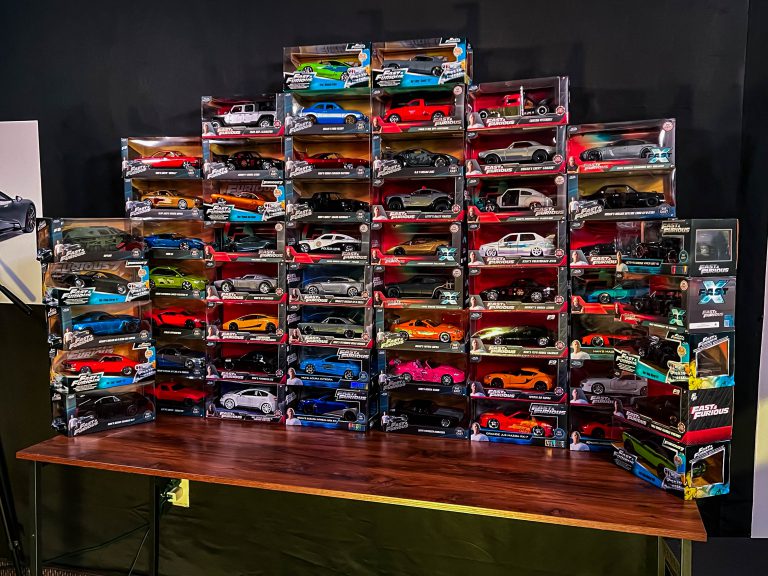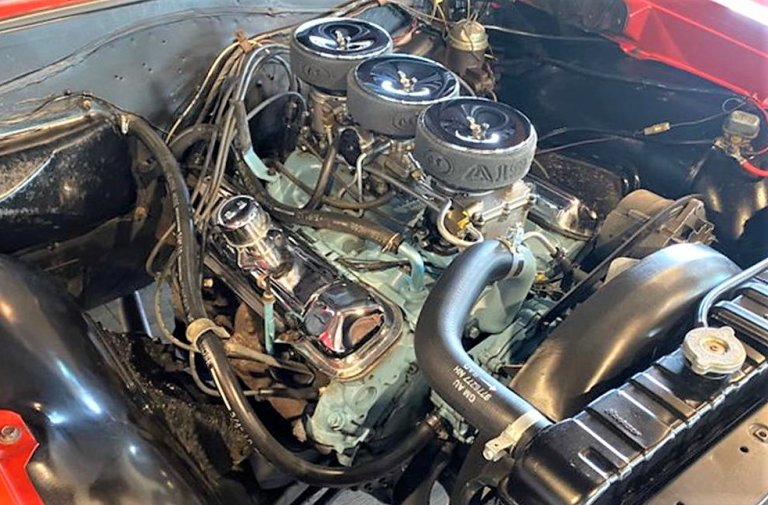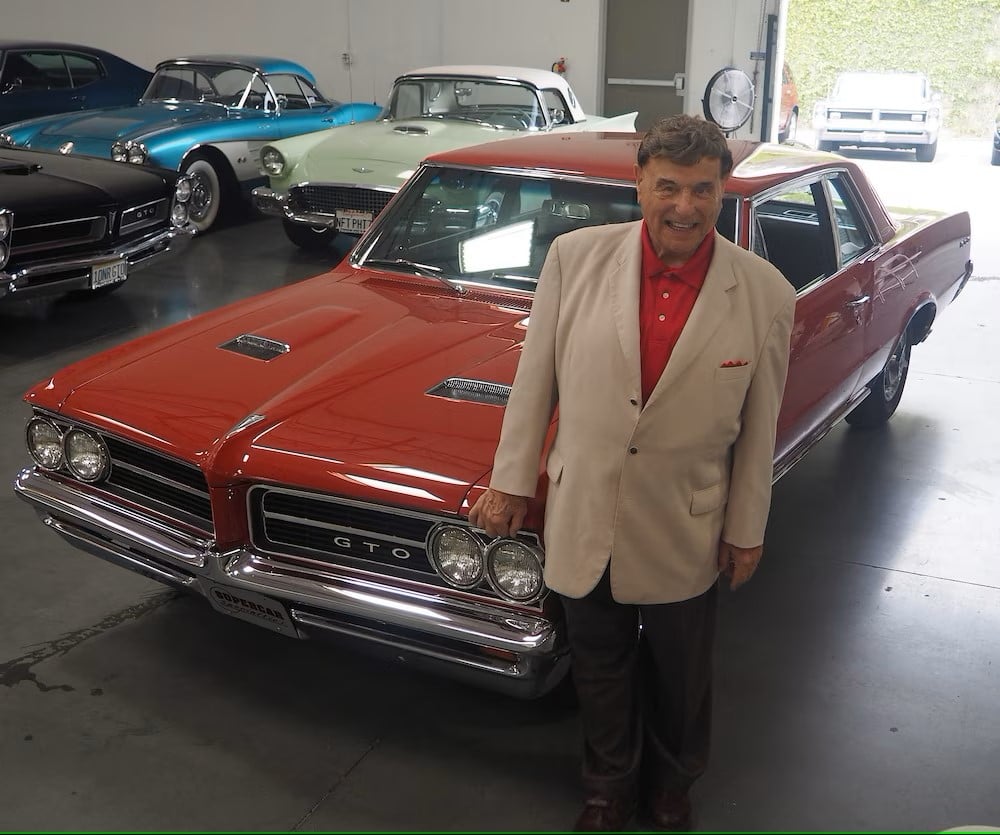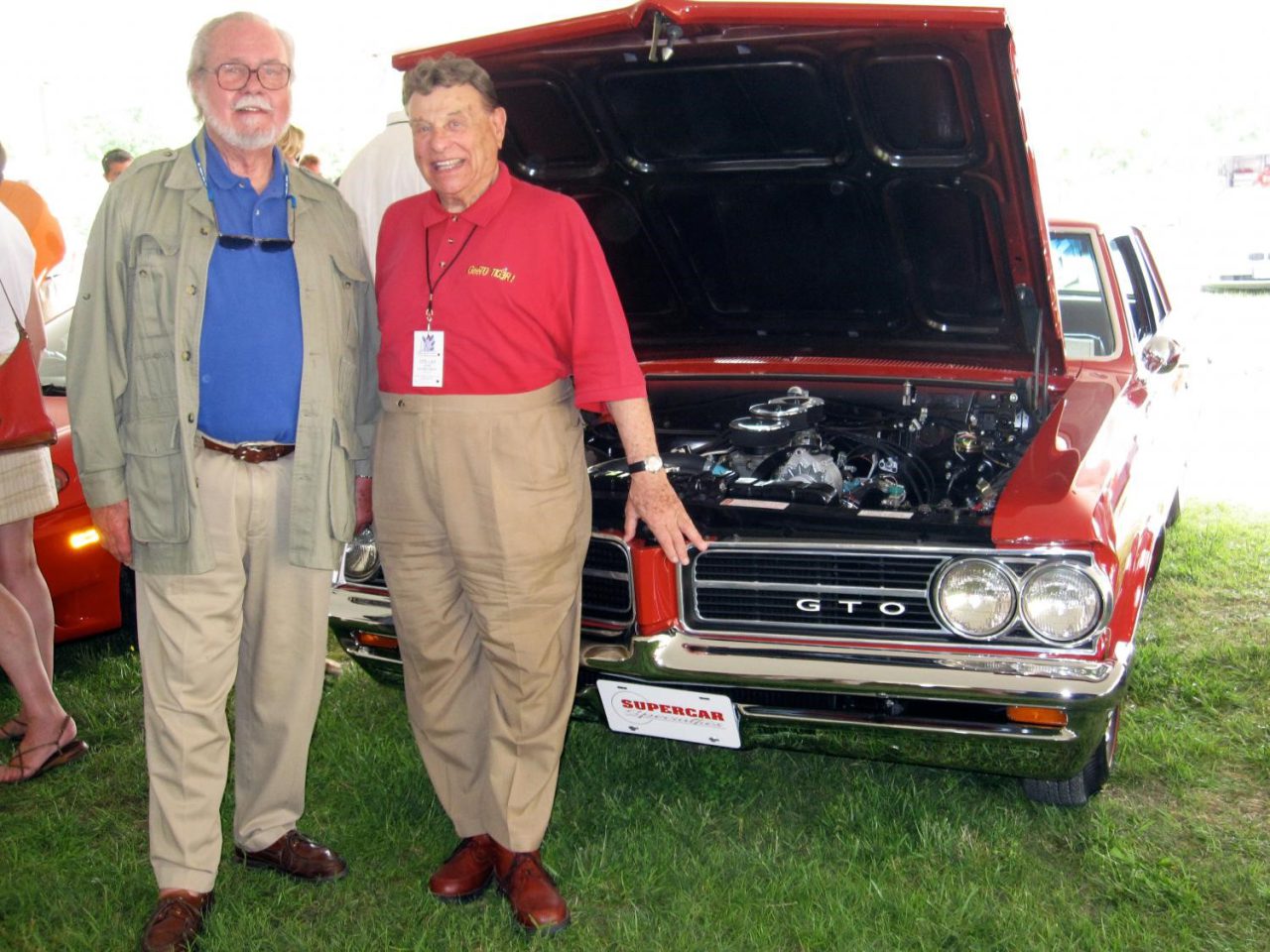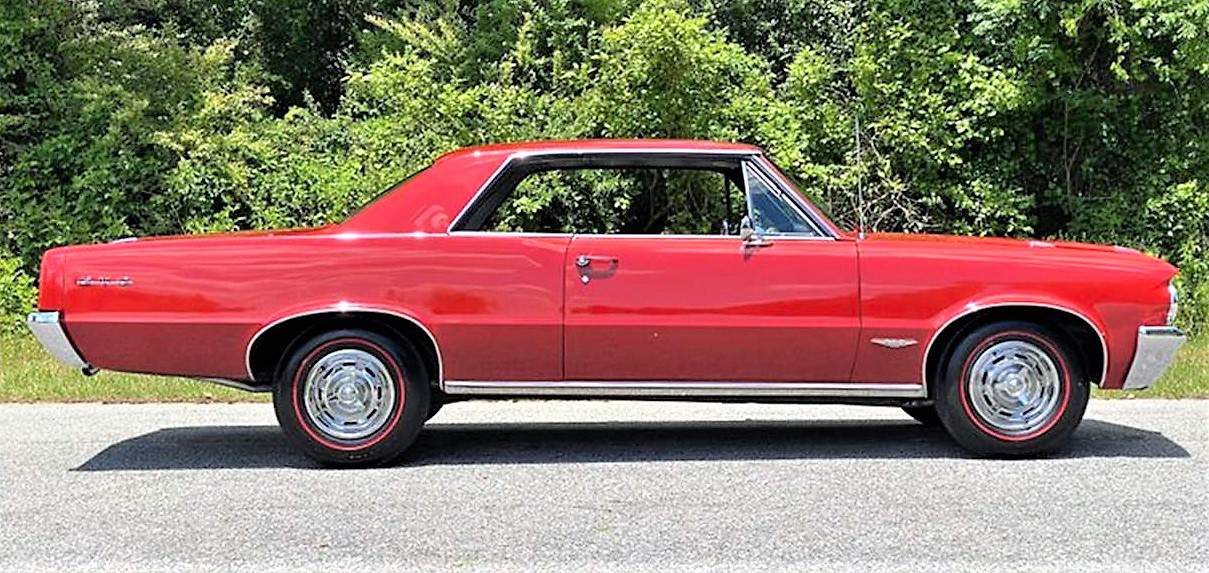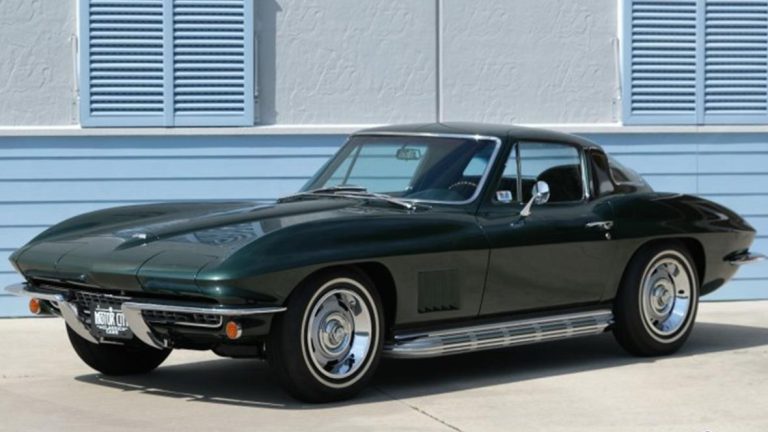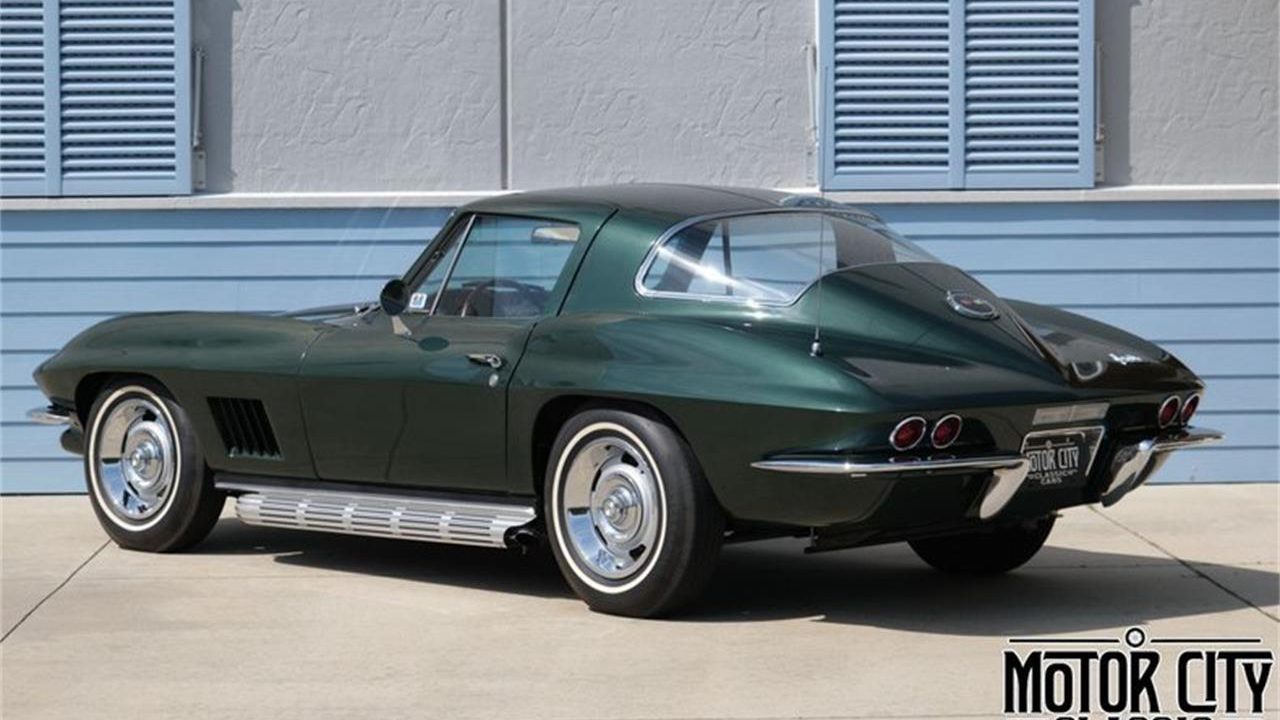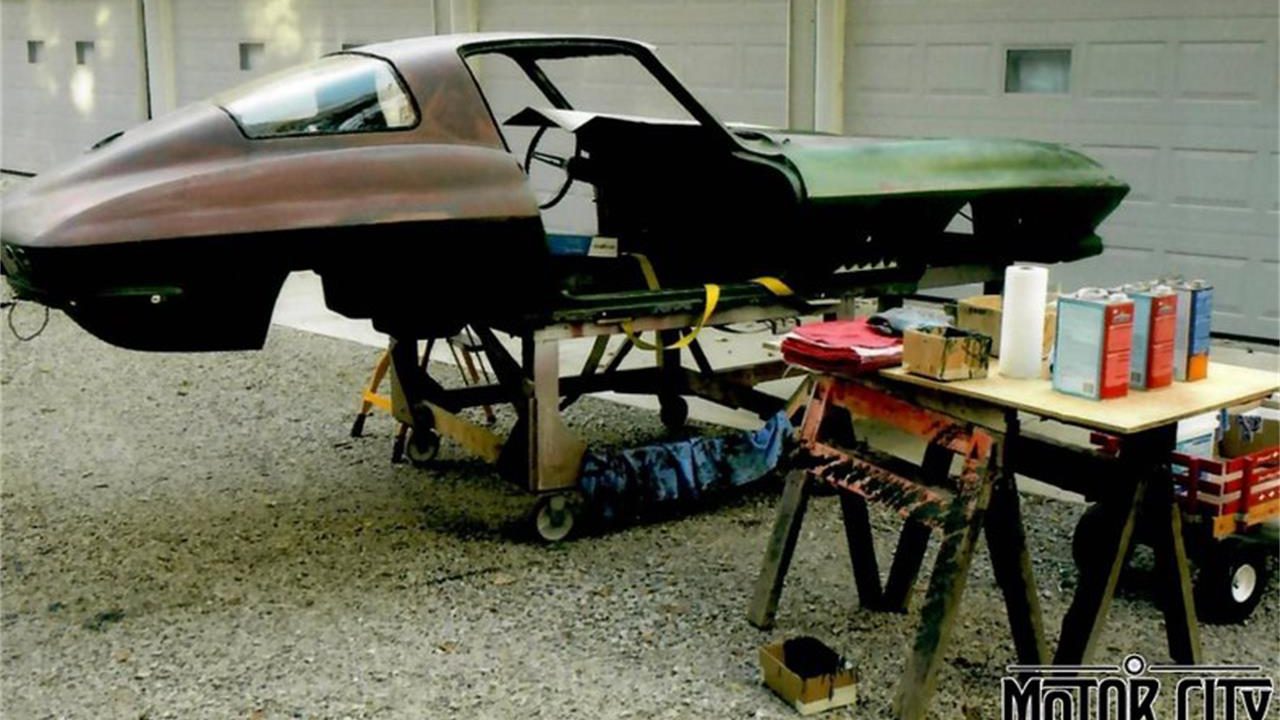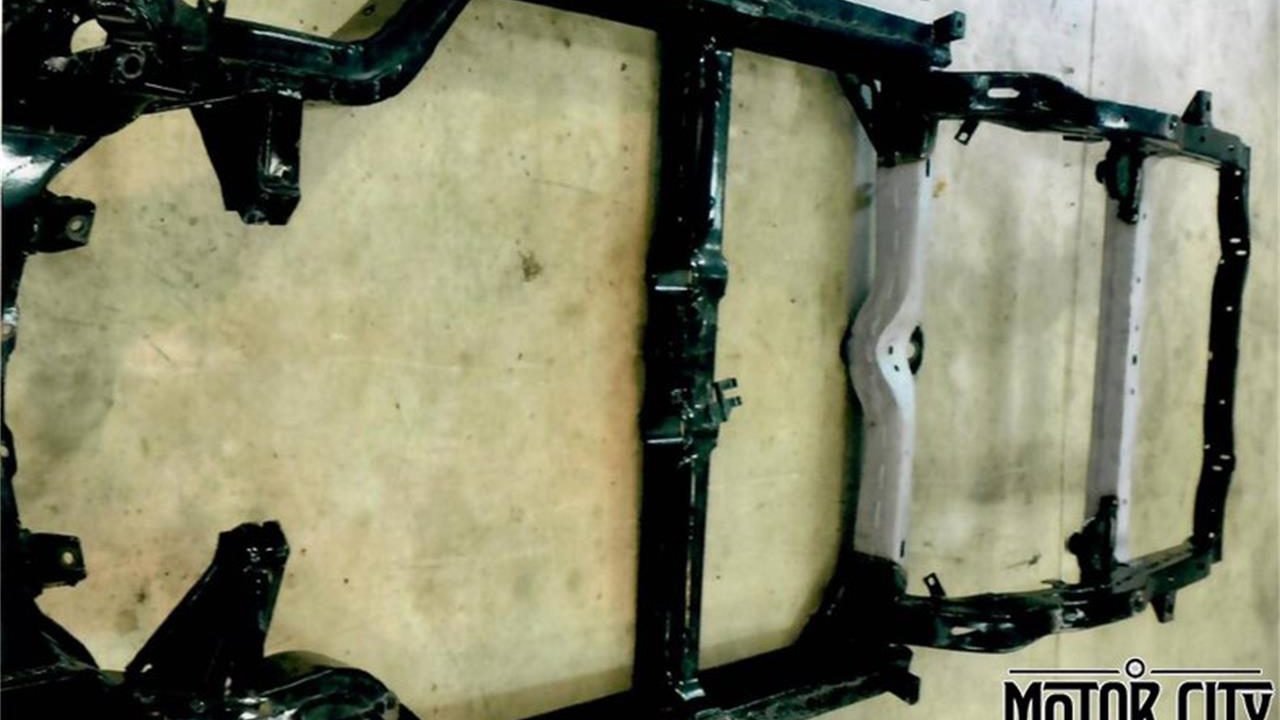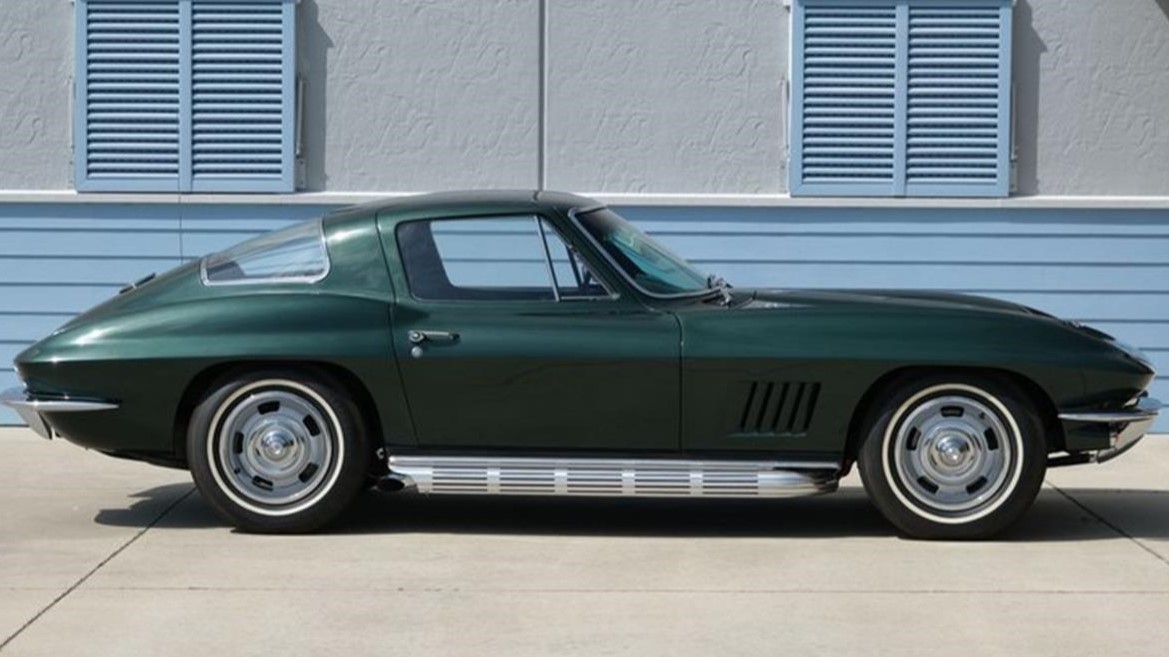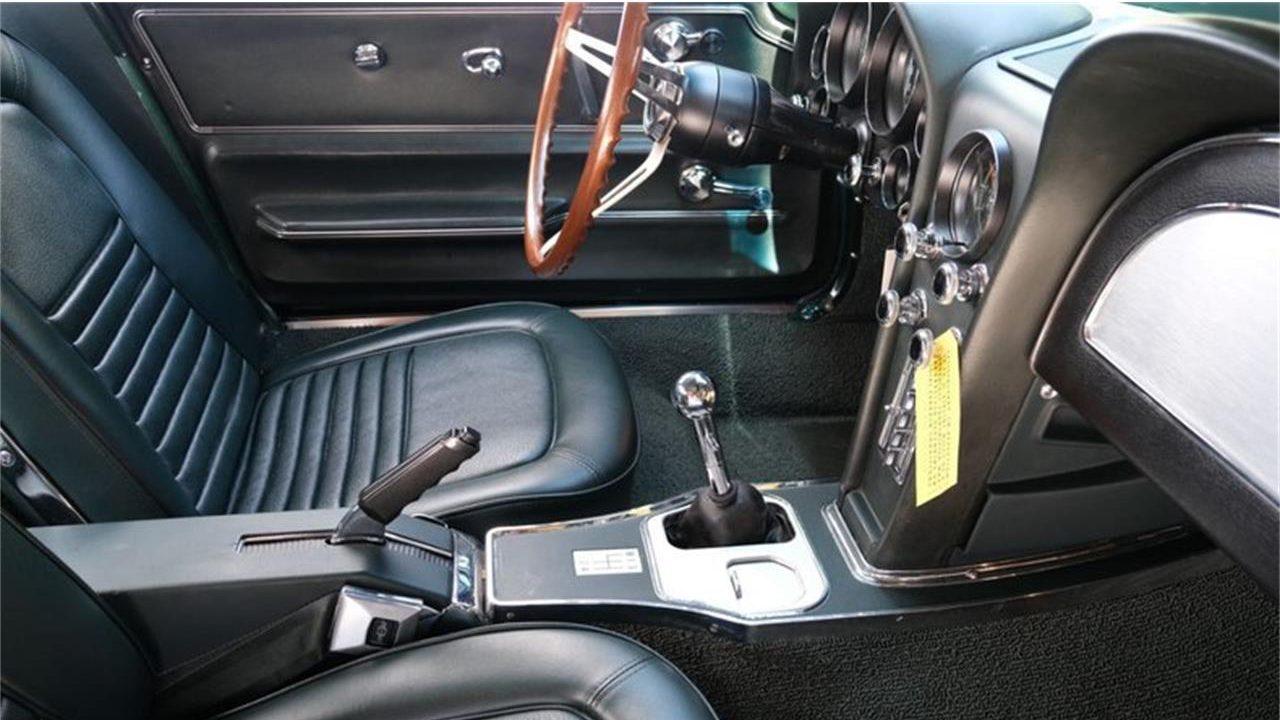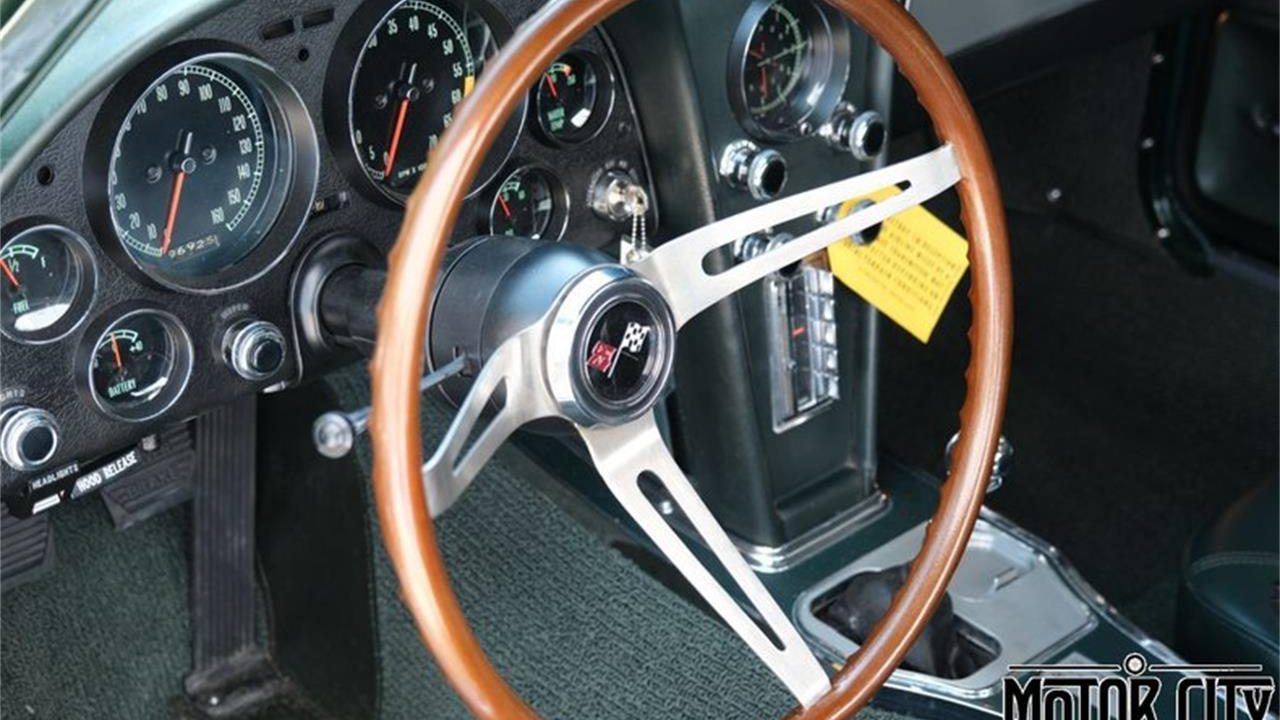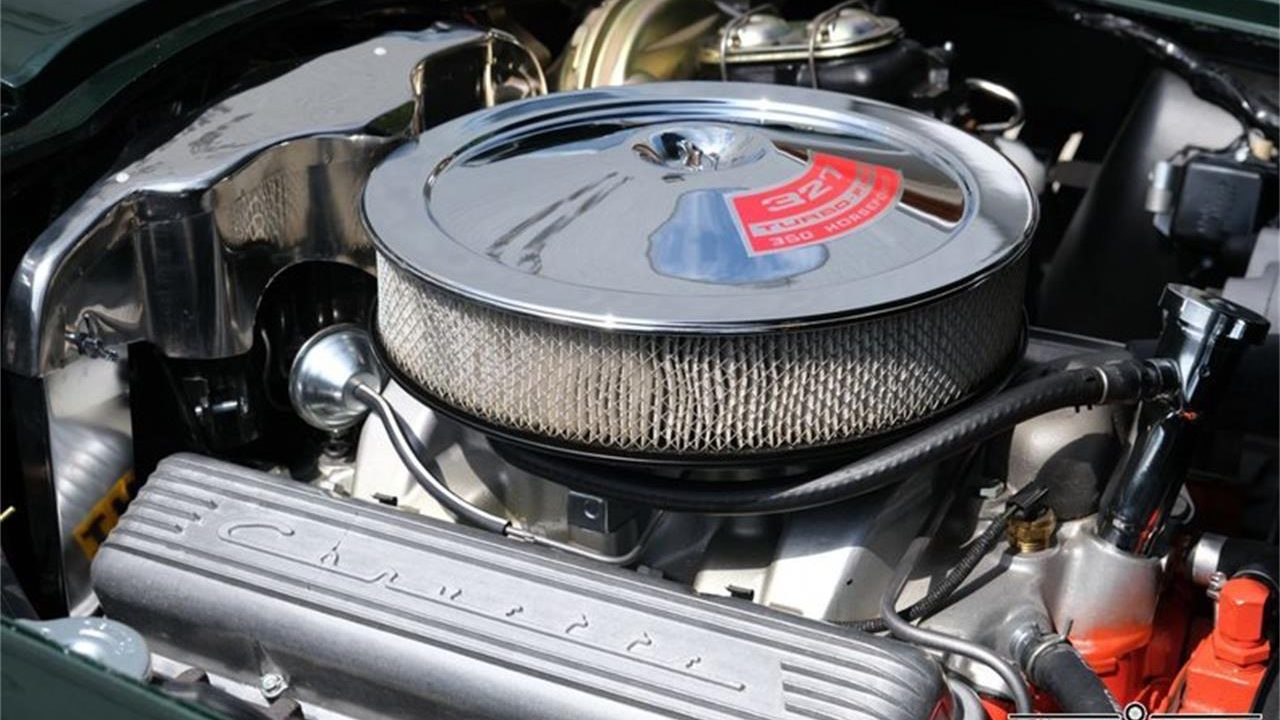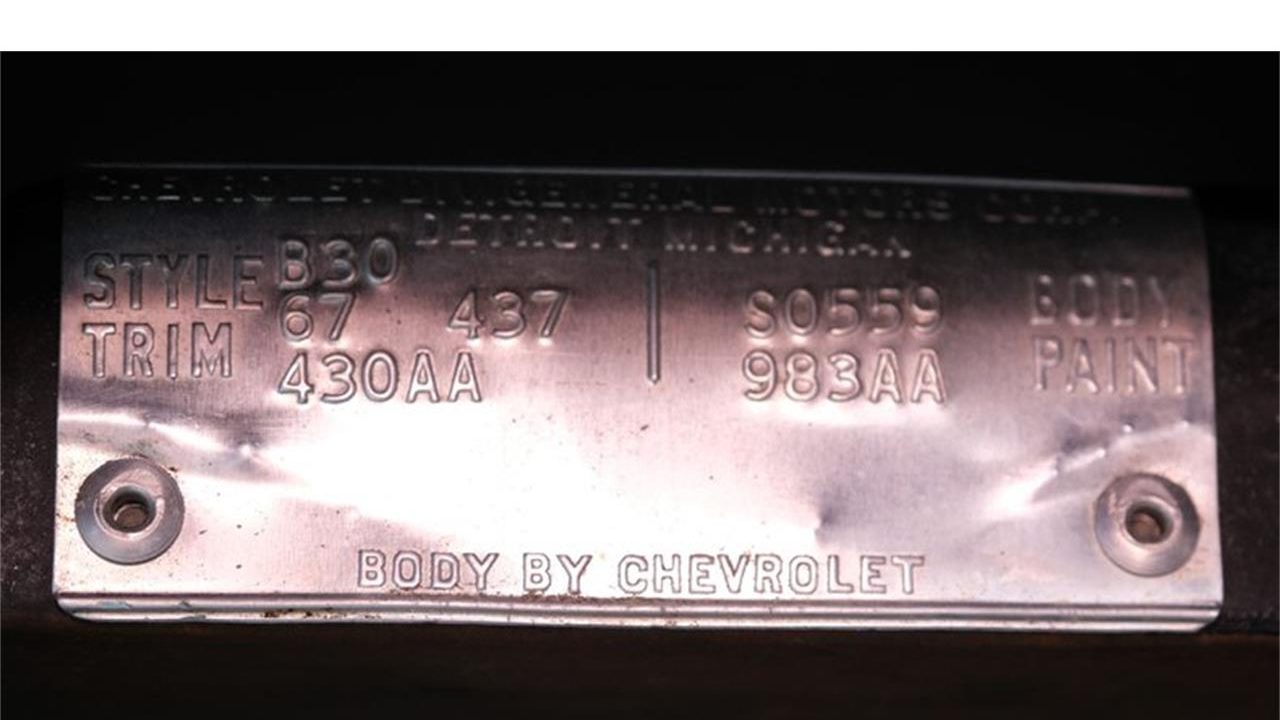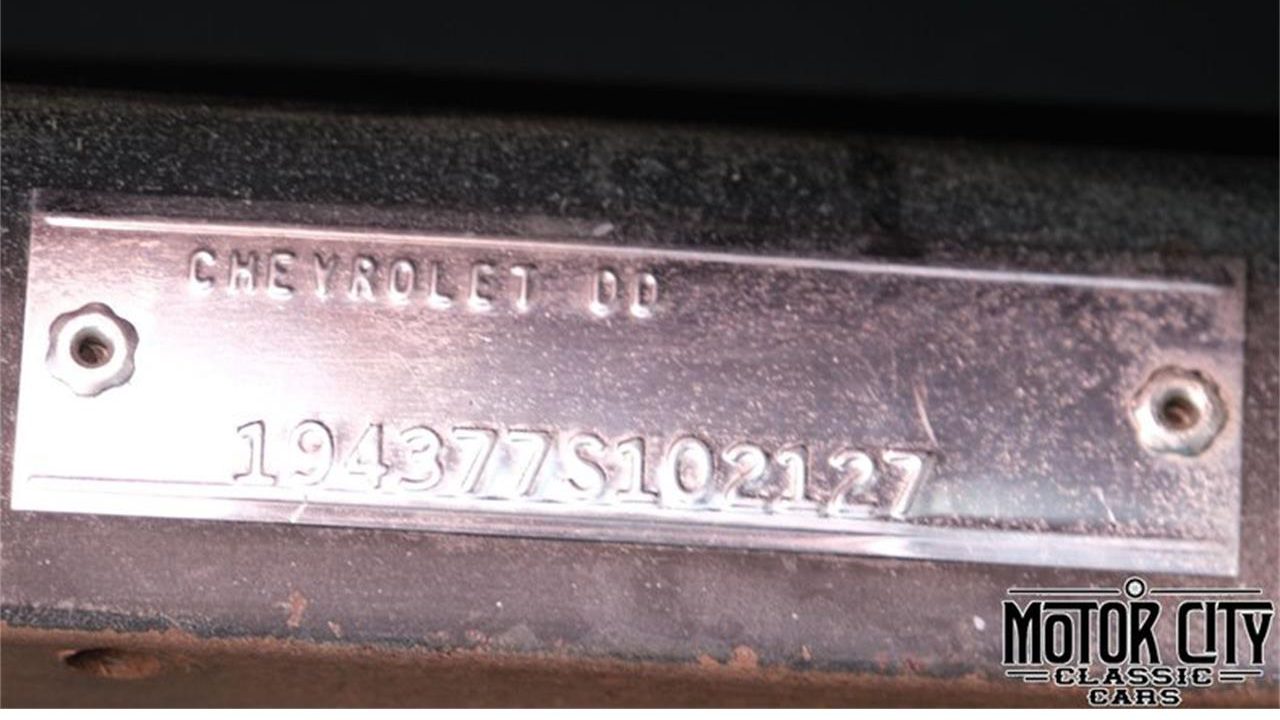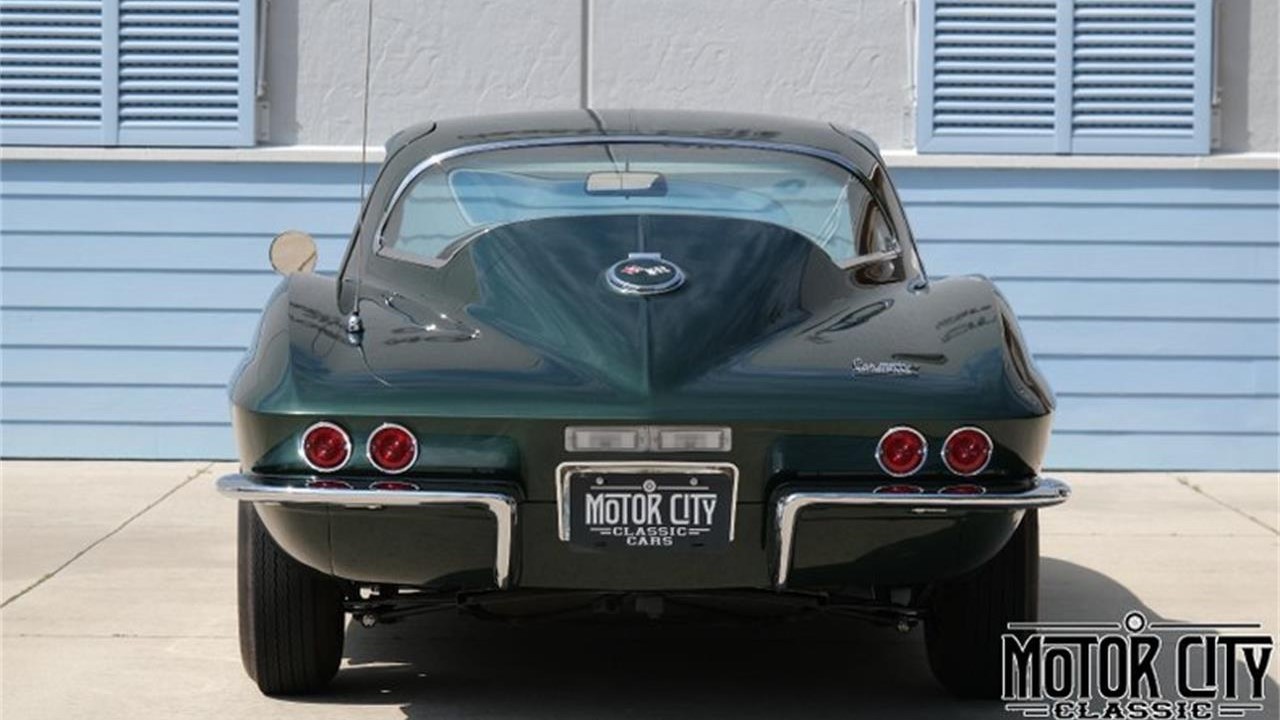The Lexus SC was advertised in marketing materials to be the perfectly-designed “executive decompression chamber.” It was a car that blended aerodynamic design, luxurious appointments, and the characteristic high-quality Japanese engineering of the time. Thirty-plus years later, it continues to deliver all of the above, even after over 200,000 miles, as we will soon see.
One of the cars on the polo field at this year’s Future Collector Car Show (FCCS) was a striking first-generation SC300 owned by Ren Molnar of Gilbert, Arizona. Ren’s car was a prime example of what happens when a fastidious owner goes on a multi-year quest of continuous improvement. Similar to what we saw with the custom Dodge Charger, Ren’s SC build is seemingly “never finished.”
Here is a video of Ren’s sweet ride brought to you by ClassicCars TV.
SC Model History
The Lexus SC first launched as a grand-touring luxury coupe in the United States for model year 1992. It was based on the Japanese Toyota Soarer and had a four-seat, rear-wheel drive arrangement. The car was a marketplace hit, and it was crowned Motor Trend’s Import Car of the Year that first year. In its day, the car was priced in the high $30s and climbed well into the $40,000-plus range in subsequent years.
The crown jewel of the SC was its powertrain. Two motors were offered: the larger of which, appearing in the SC400, was the 1UZFE 4.0-liter V8. The SC300, by contrast, was powered by a 3.0-liter inline-six – dubbed the “2JZGE.” We talked a little about this legendary engine in a prior story about the Lexus IS300. The majority of buyers opted for the automatic transmission, although a five-speed manual was offered.
In 1997, a mid-model refresh was performed that brought both cosmetic and mechanical changes to the table. Sales diminished toward the later end of the decade, and the SC adopted a new generation in 2001 with a new body style as a retractable-hardtop convertible.
Ren’s SC Story
Ren’s car started life as a Diamond White Pearl over tan 1998 SC300 with a five-speed automatic transmission. He acquired it in 2006 from the original owner, and for a long time, he didn’t change anything major. He said, “The car was bone stock when I purchased it, and over the years I have added subtle modifications to it and lots of brand-new OEM parts.”
Things really started to take shape around 2019. Ren explains, “I did a 100% factory manual transmission conversion using all brand-new OEM parts except the W58 transmission. Even the transmission tunnel was changed.” The modification momentum continued, and Ren next moved to the interior where the swapped out some of the tan interior components for black ones. “I will eventually re-wrap the seats with black leather,” Ren said.
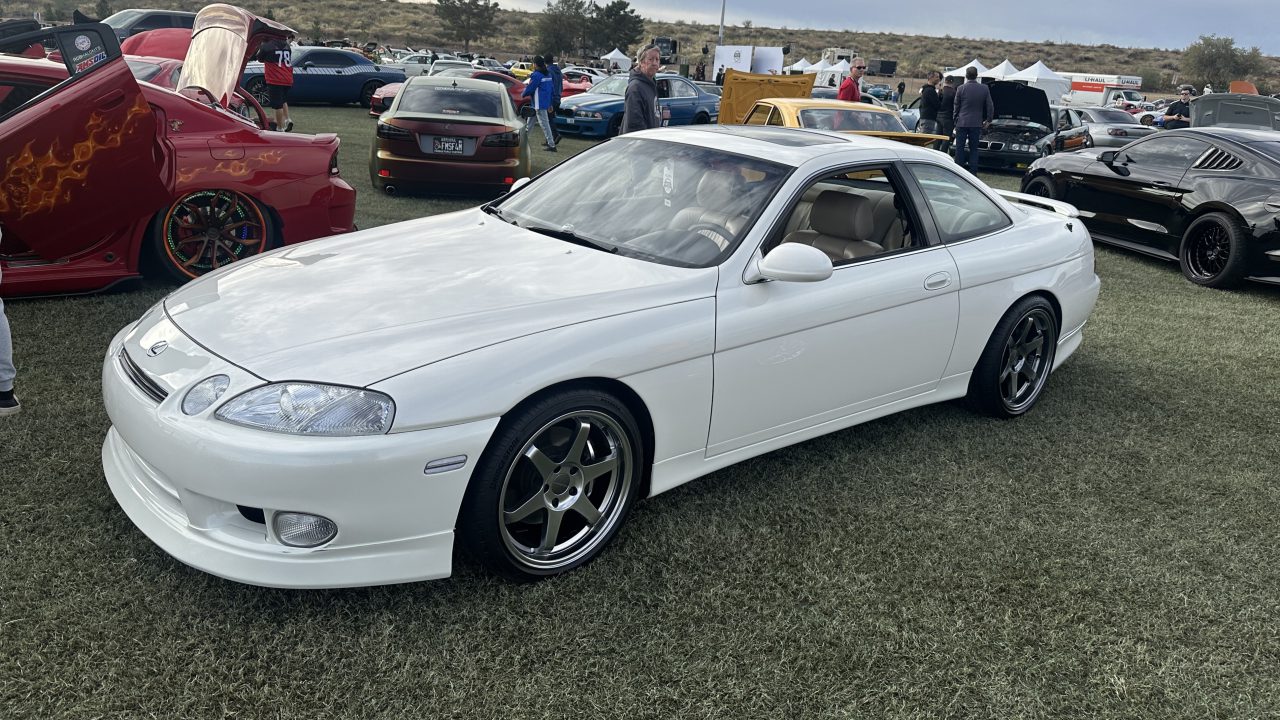
The exterior has been upgraded with front and rear lips from Bigwin. The car sits on a set of custom wheels, and the brakes have been upgraded with a combination of equipment pulled from the Toyota Supra twin-turbo and the Lexus LS400. One area where Ren hasn’t made many changes is under the hood: Ren says the car’s 2JZGE motor is all-original and has 210,000 problem-free miles on it.
Get Connected
If you want to learn more or become part of the Lexus SC community, Ren operates a website called JZZ30 (named for the platform on which the first-generation SC rides) and there you will find resources, specialty parts, and accessories. You can also find Ren on Instagram here.
Thanks for supporting FCCS, and we look forward to seeing you again at the next one!


